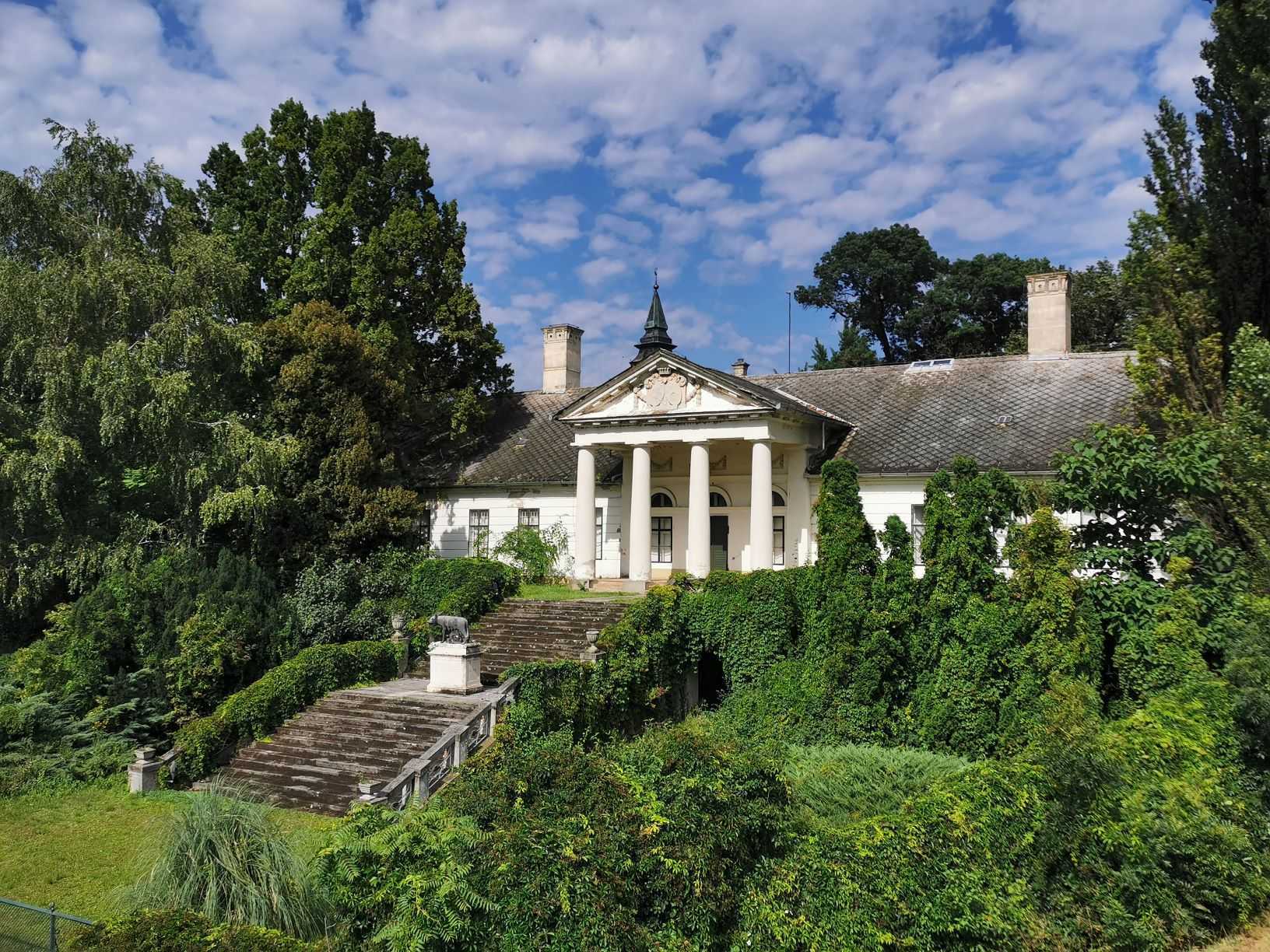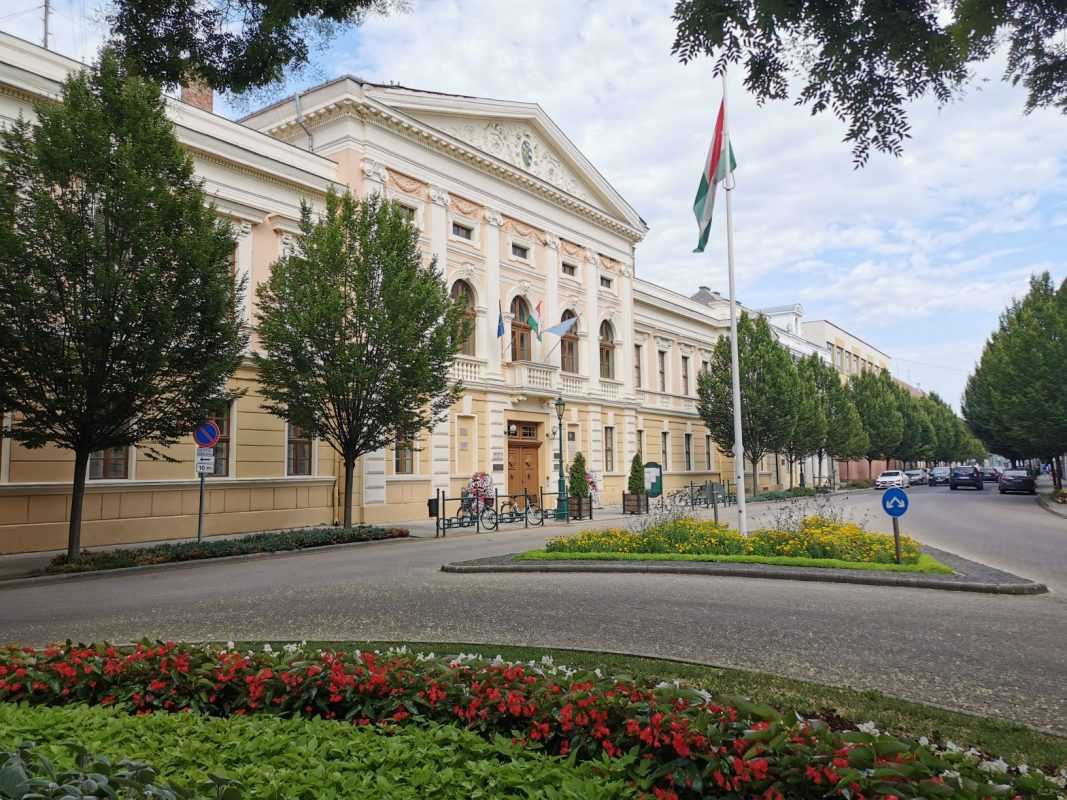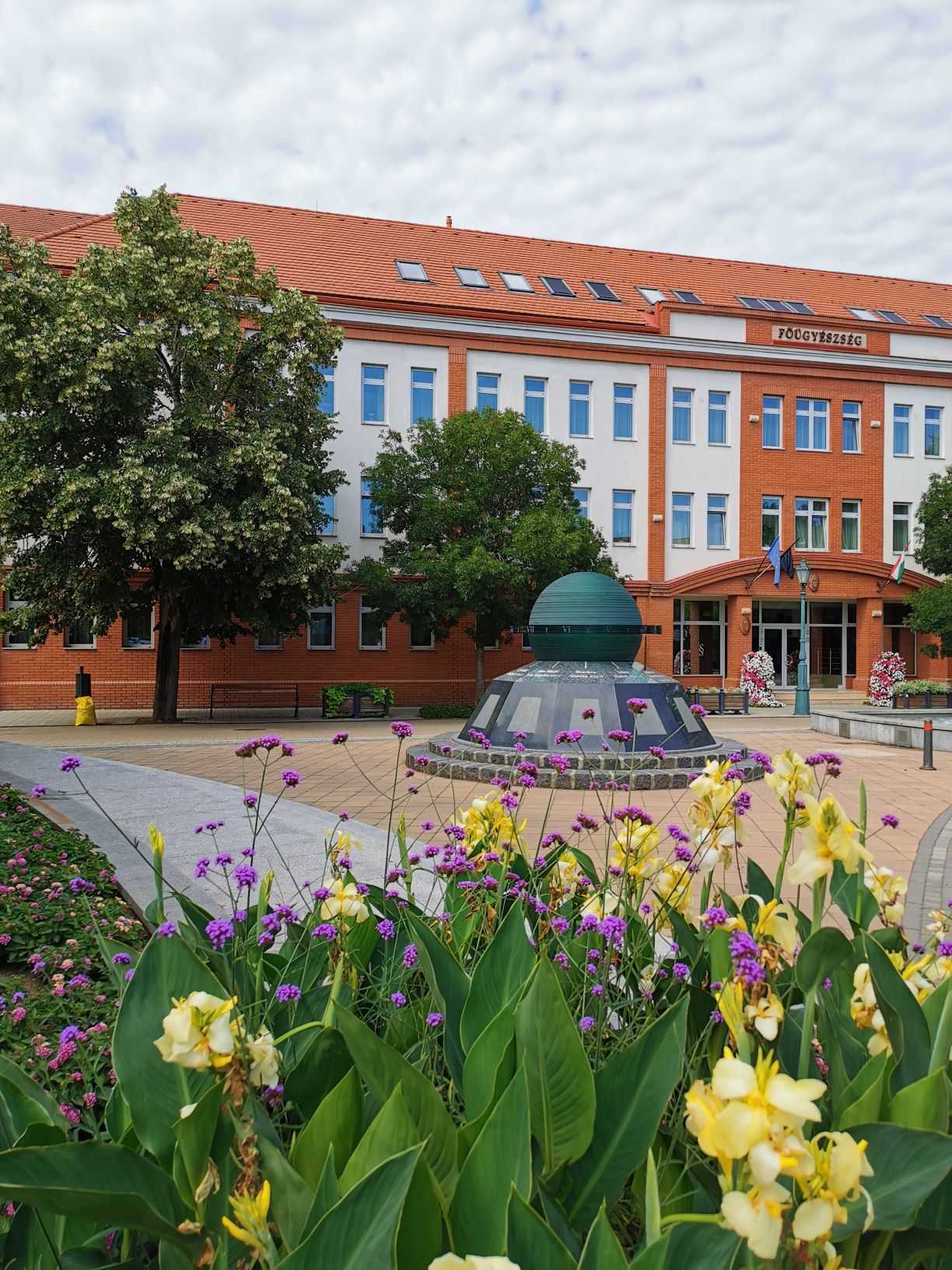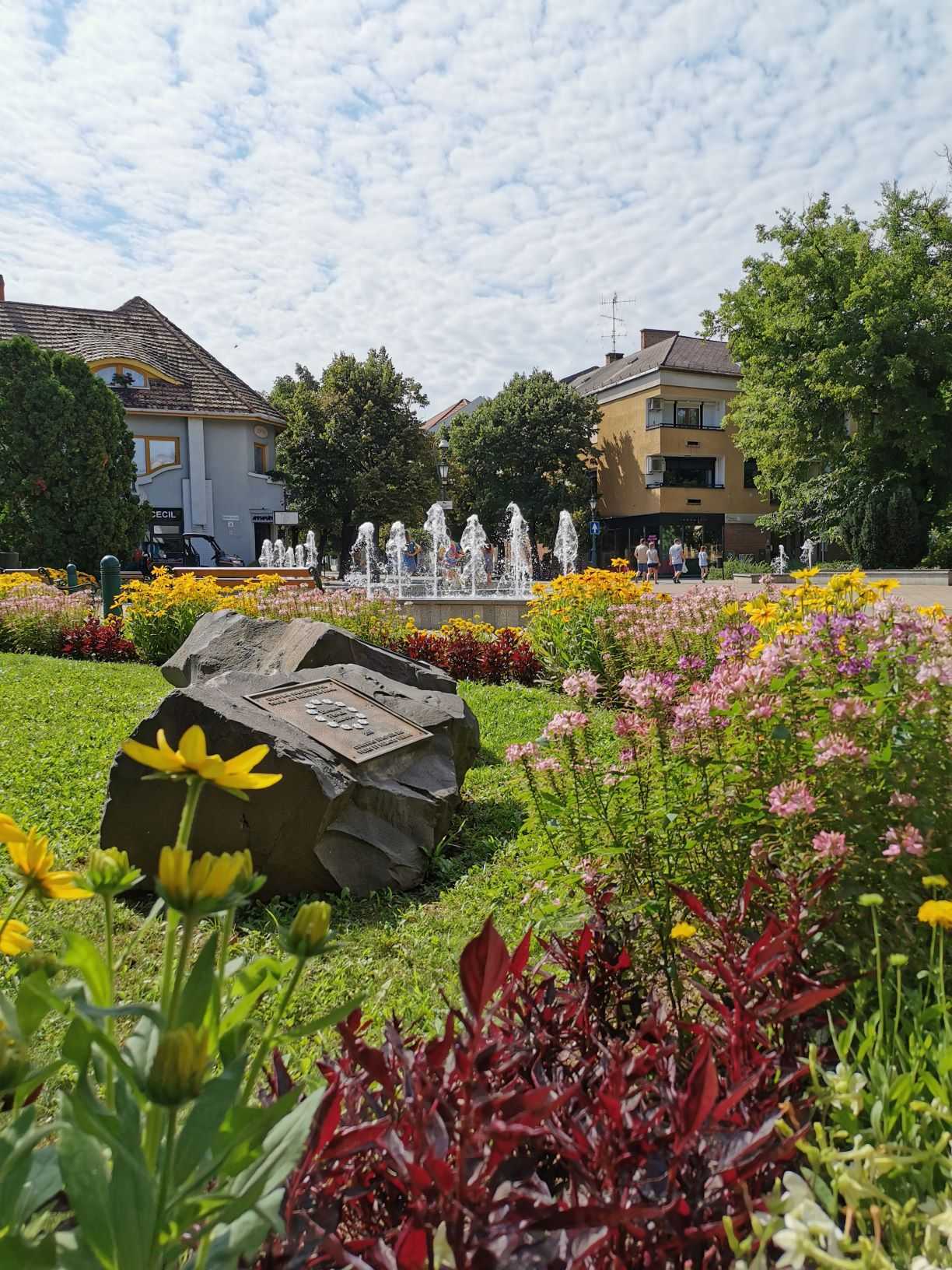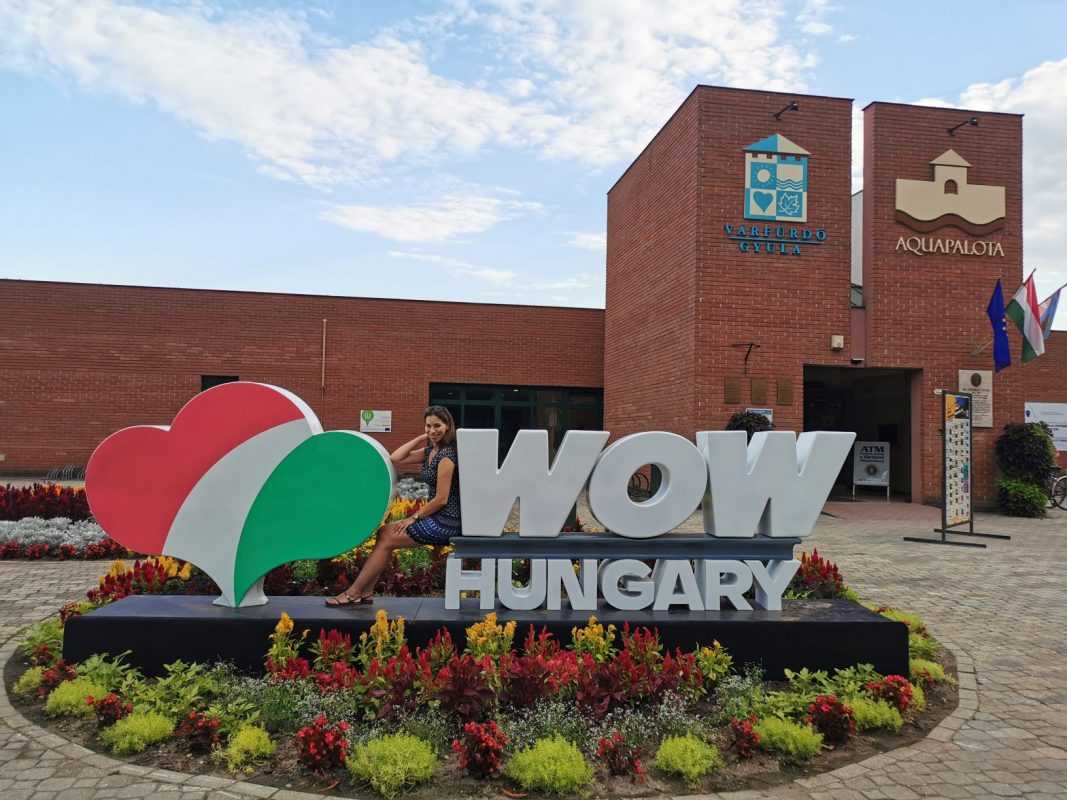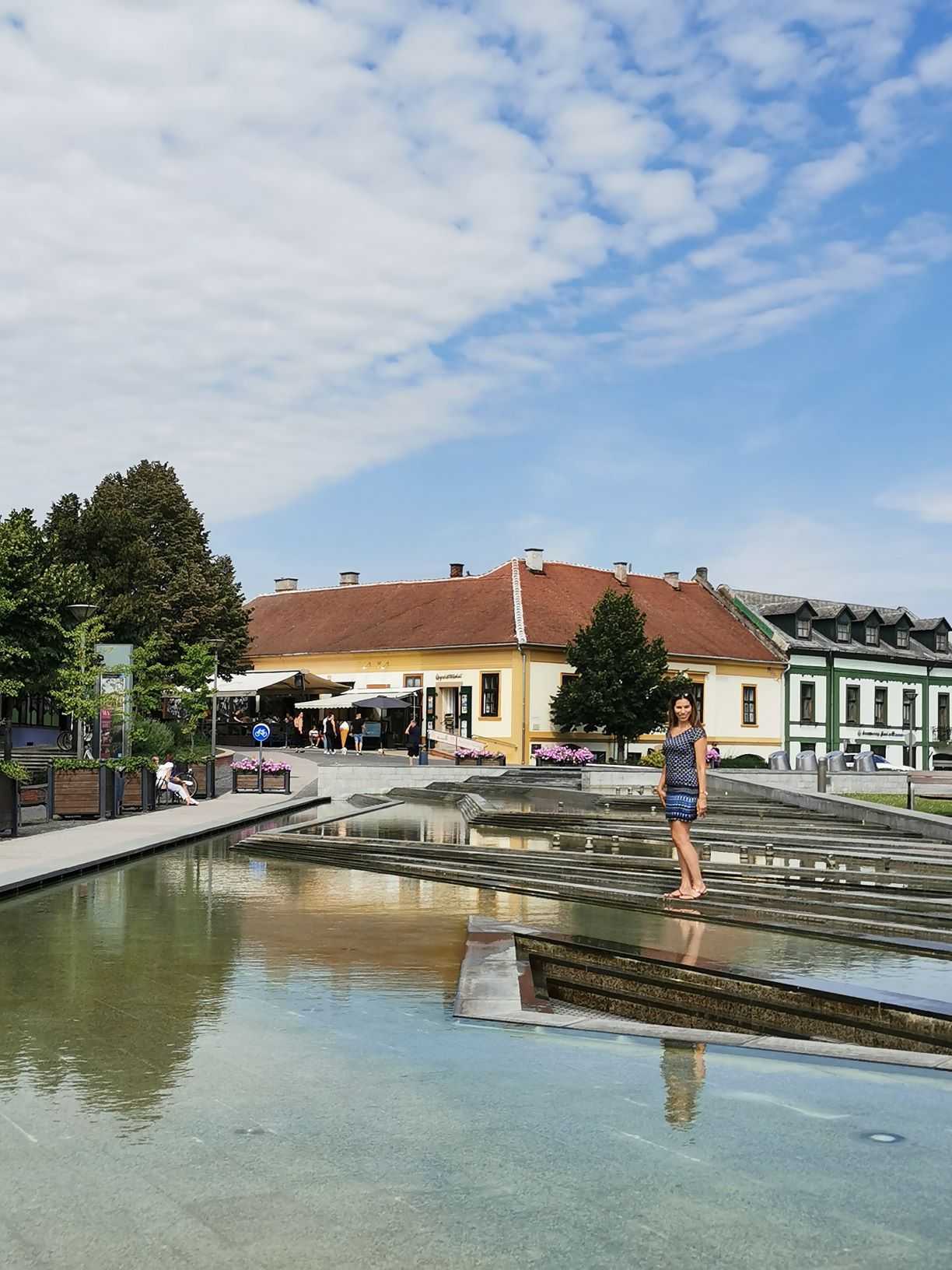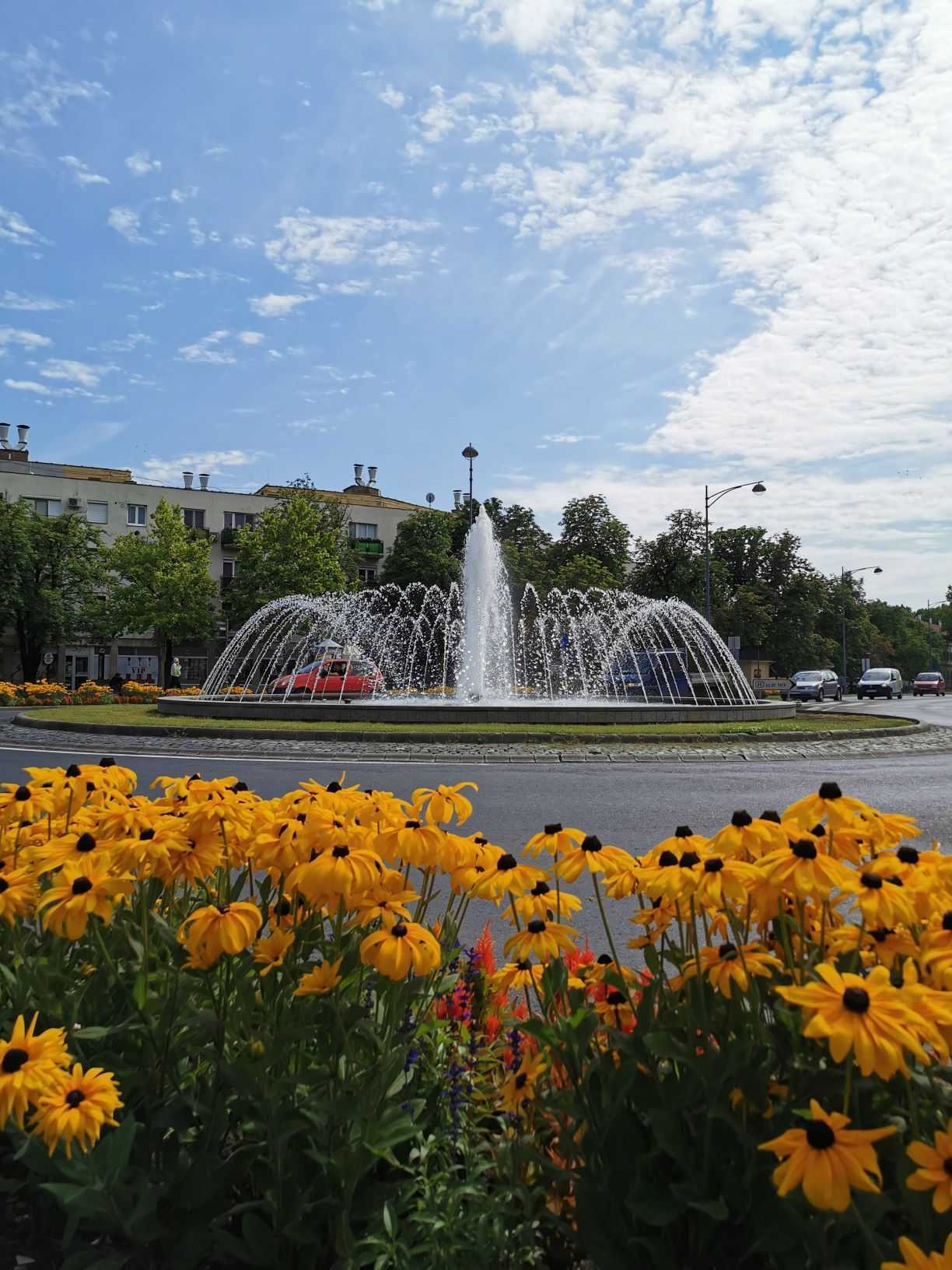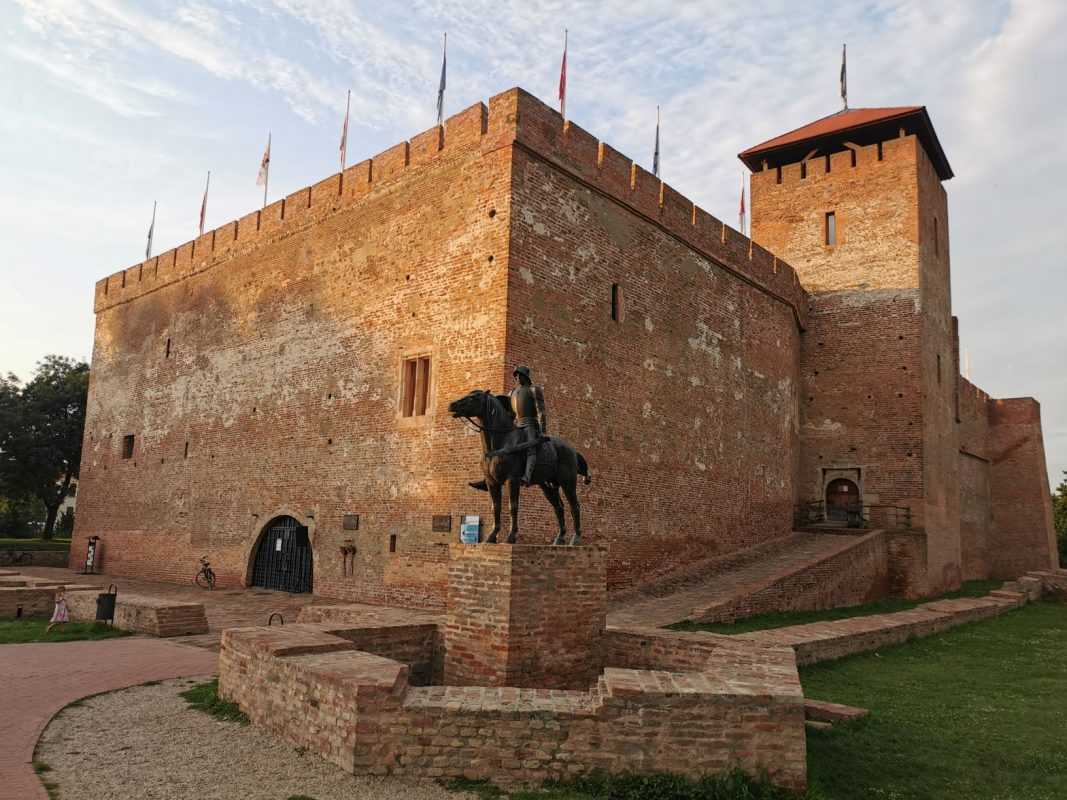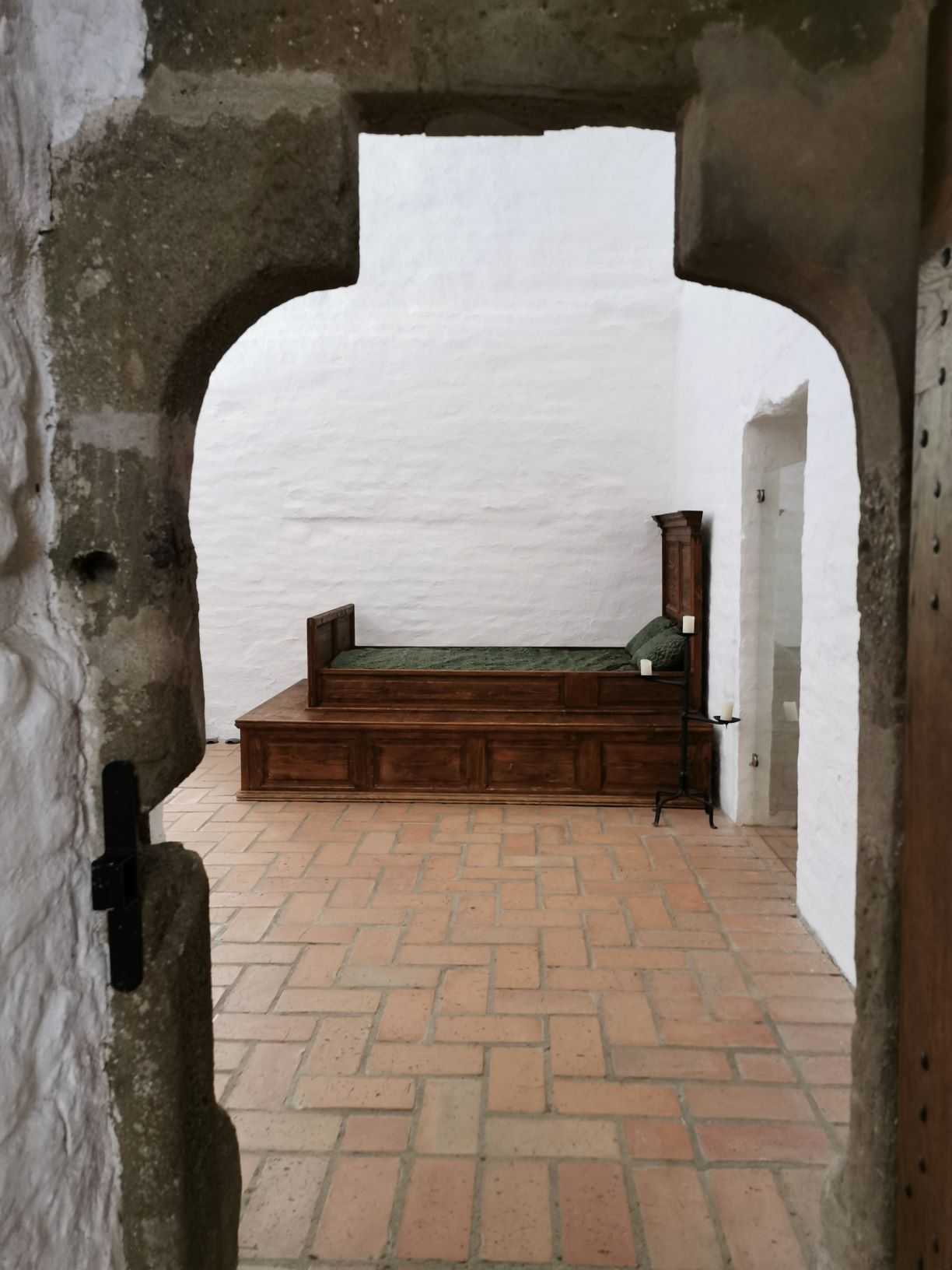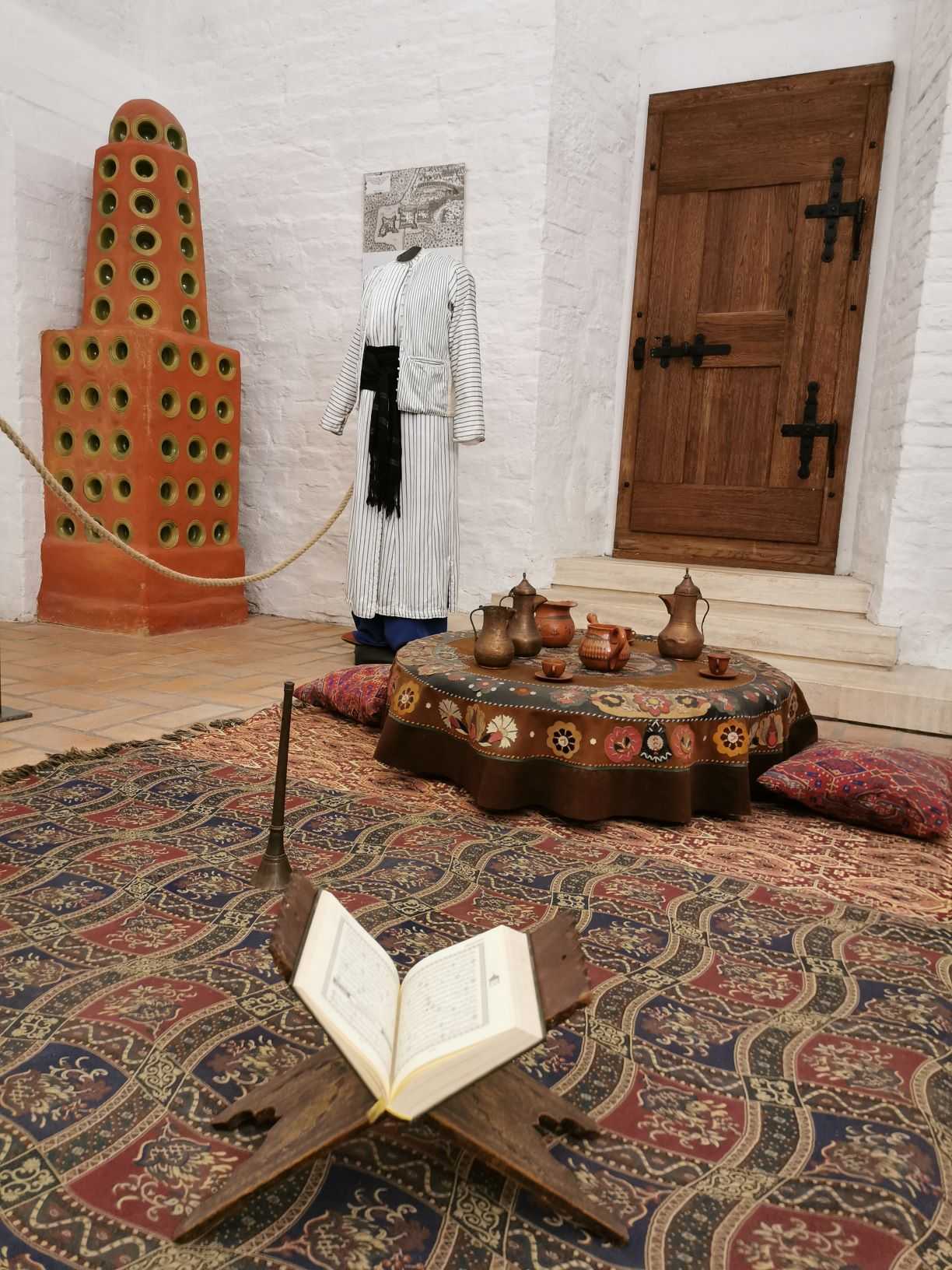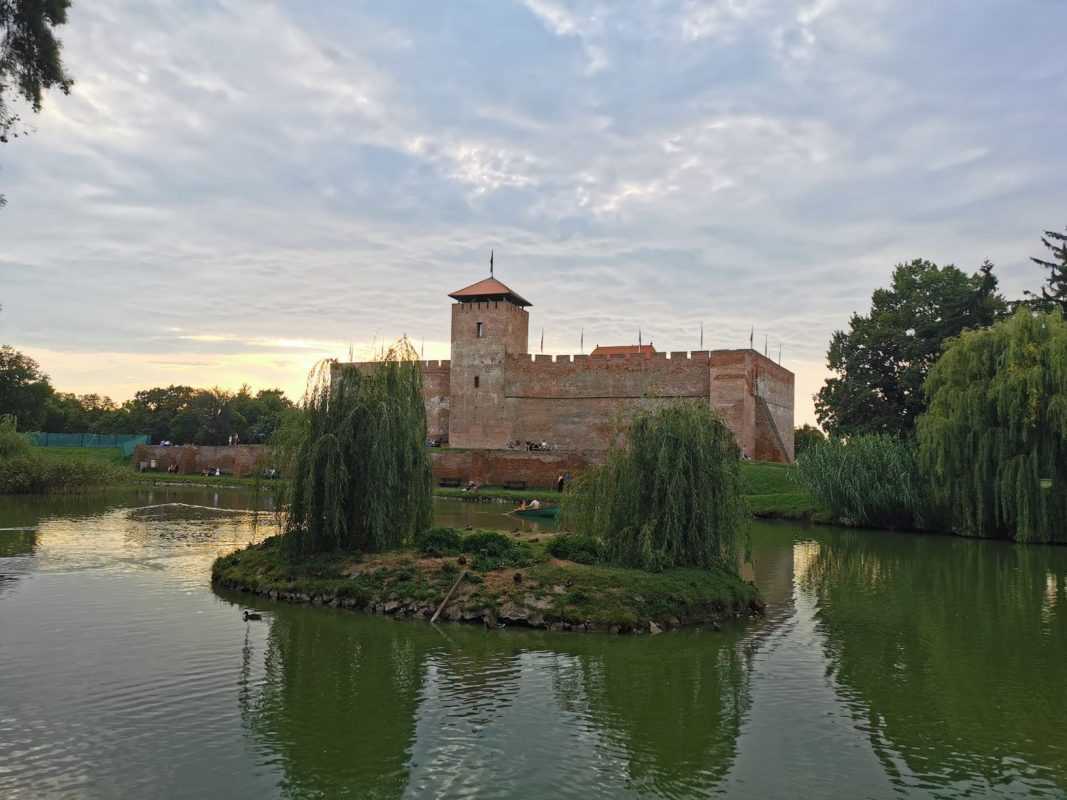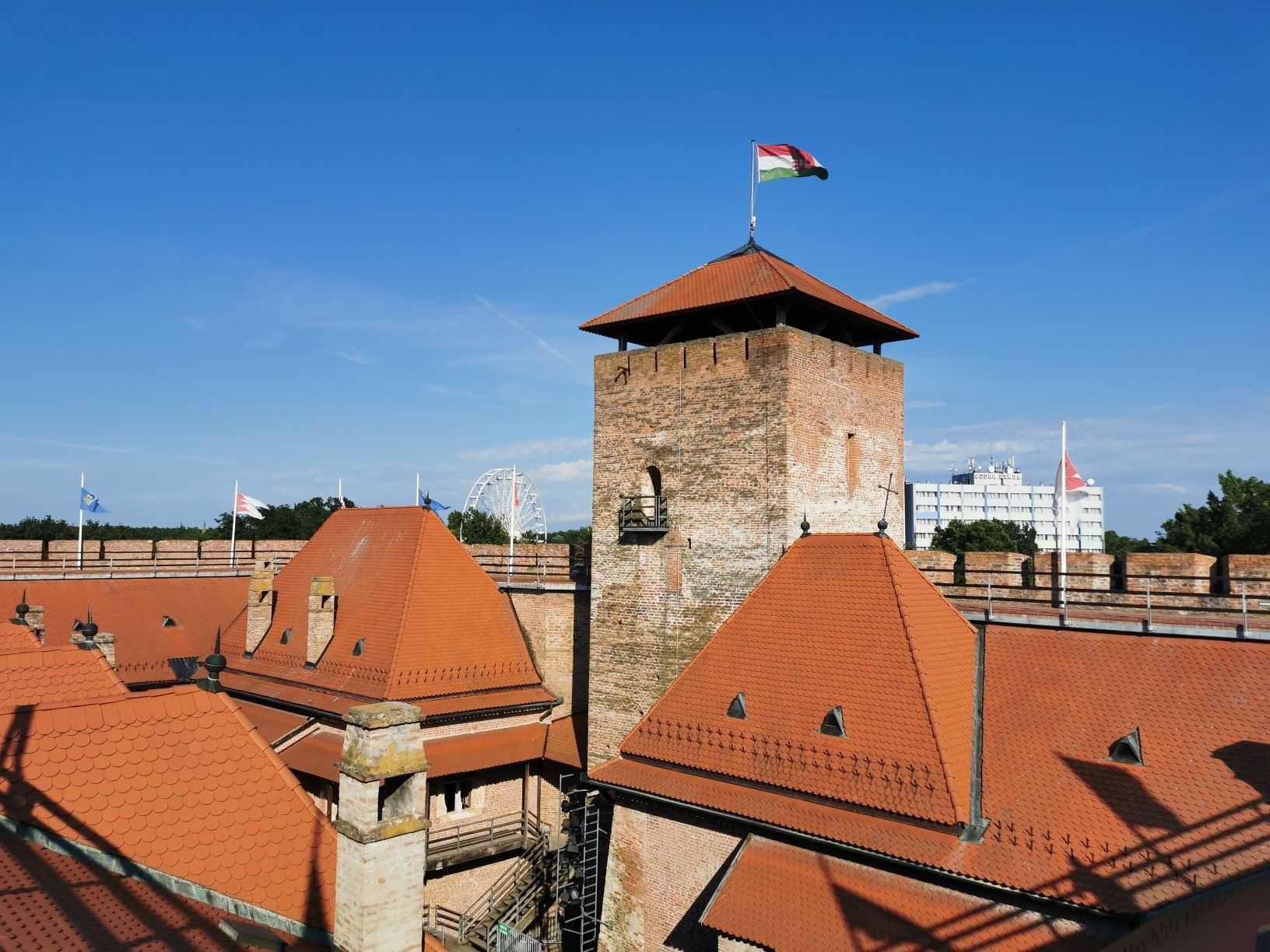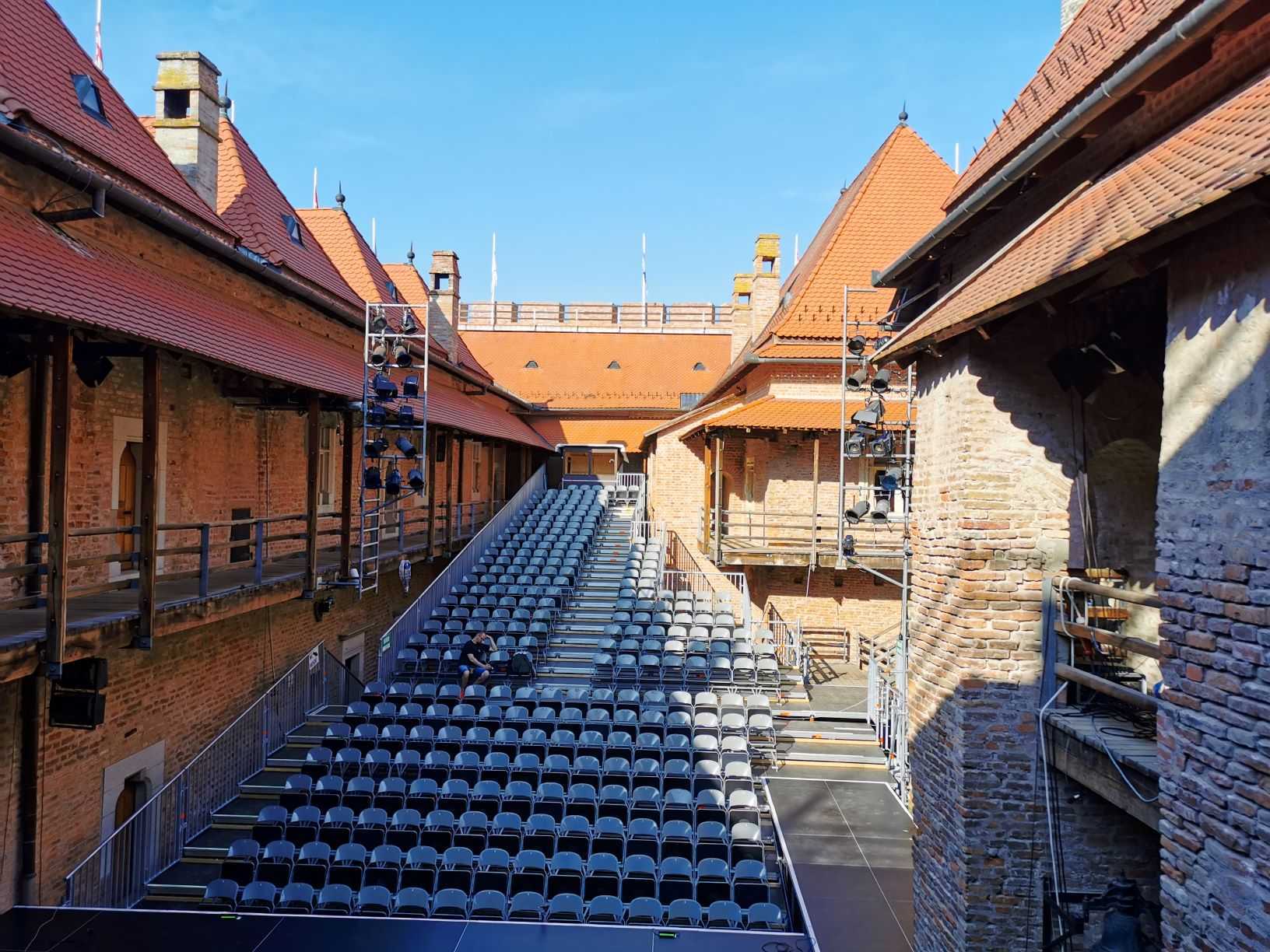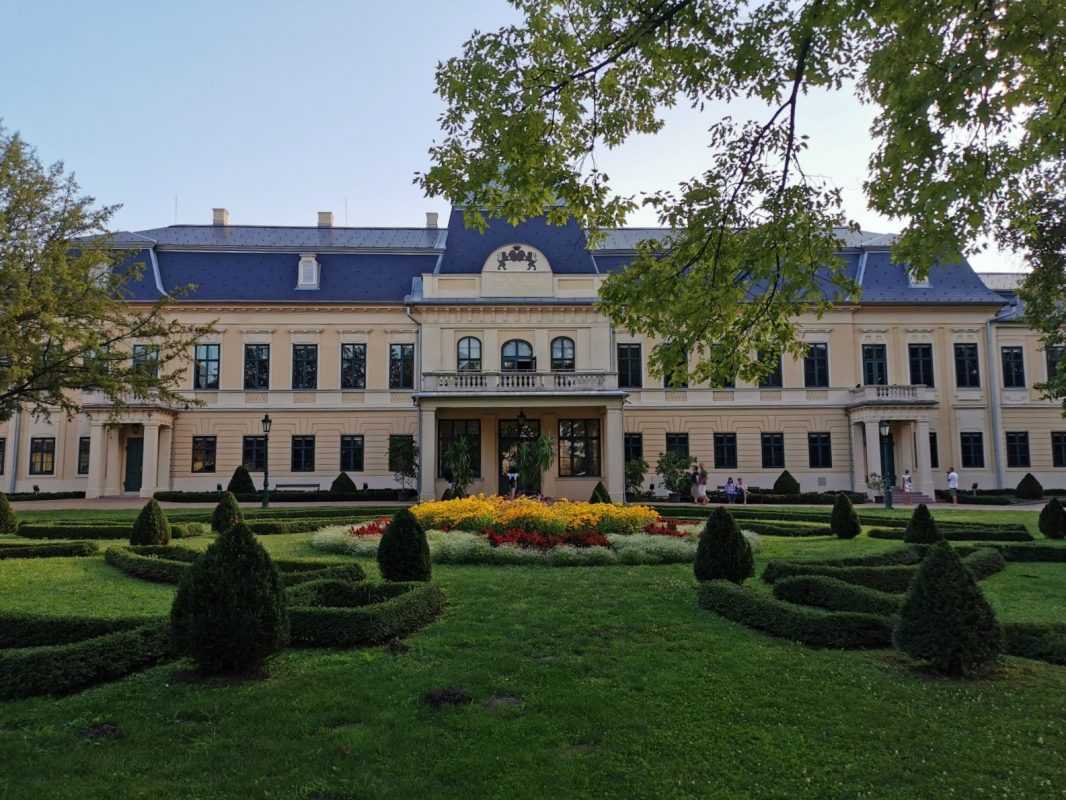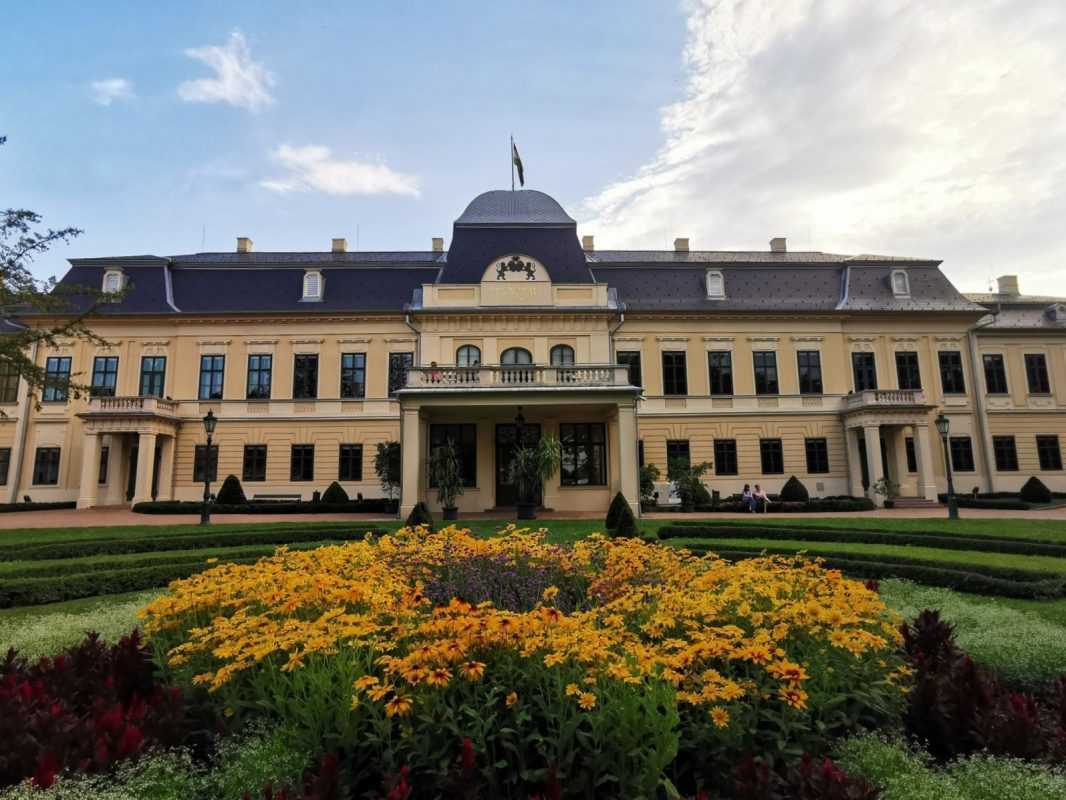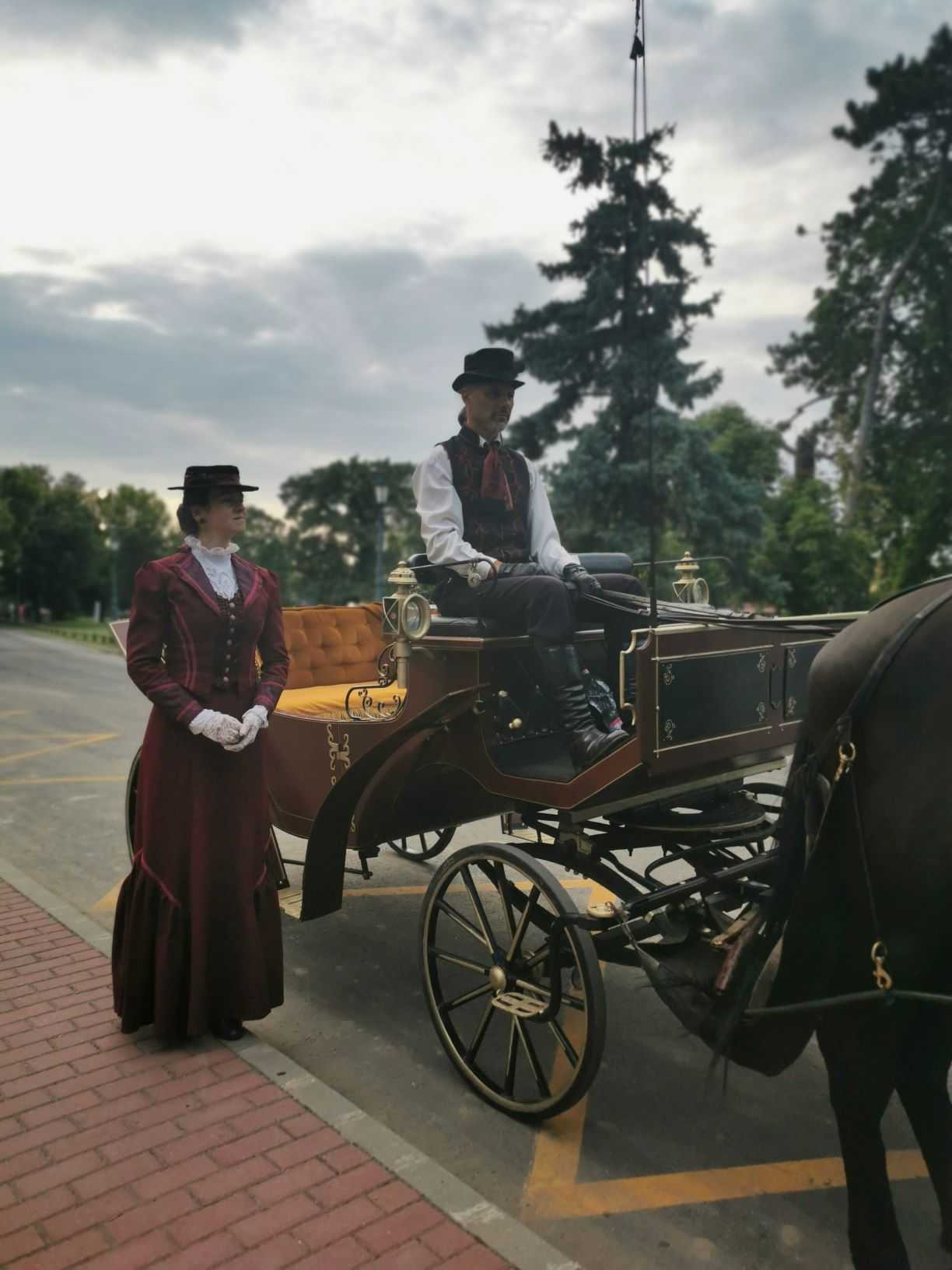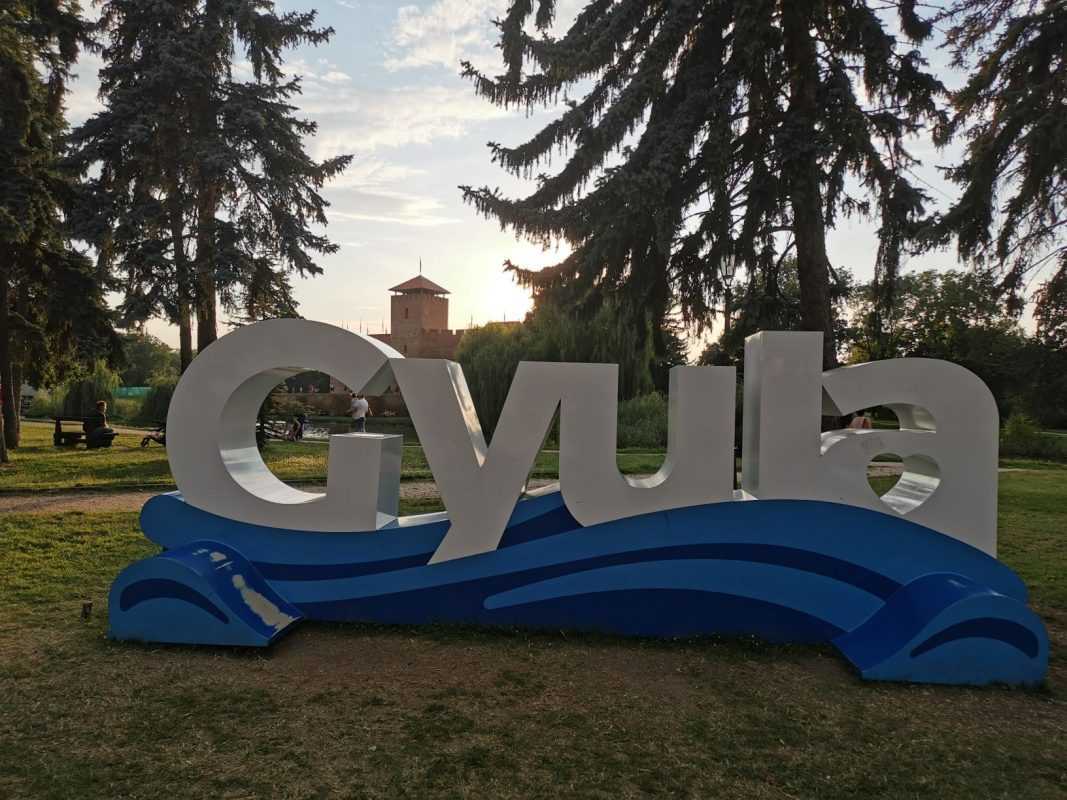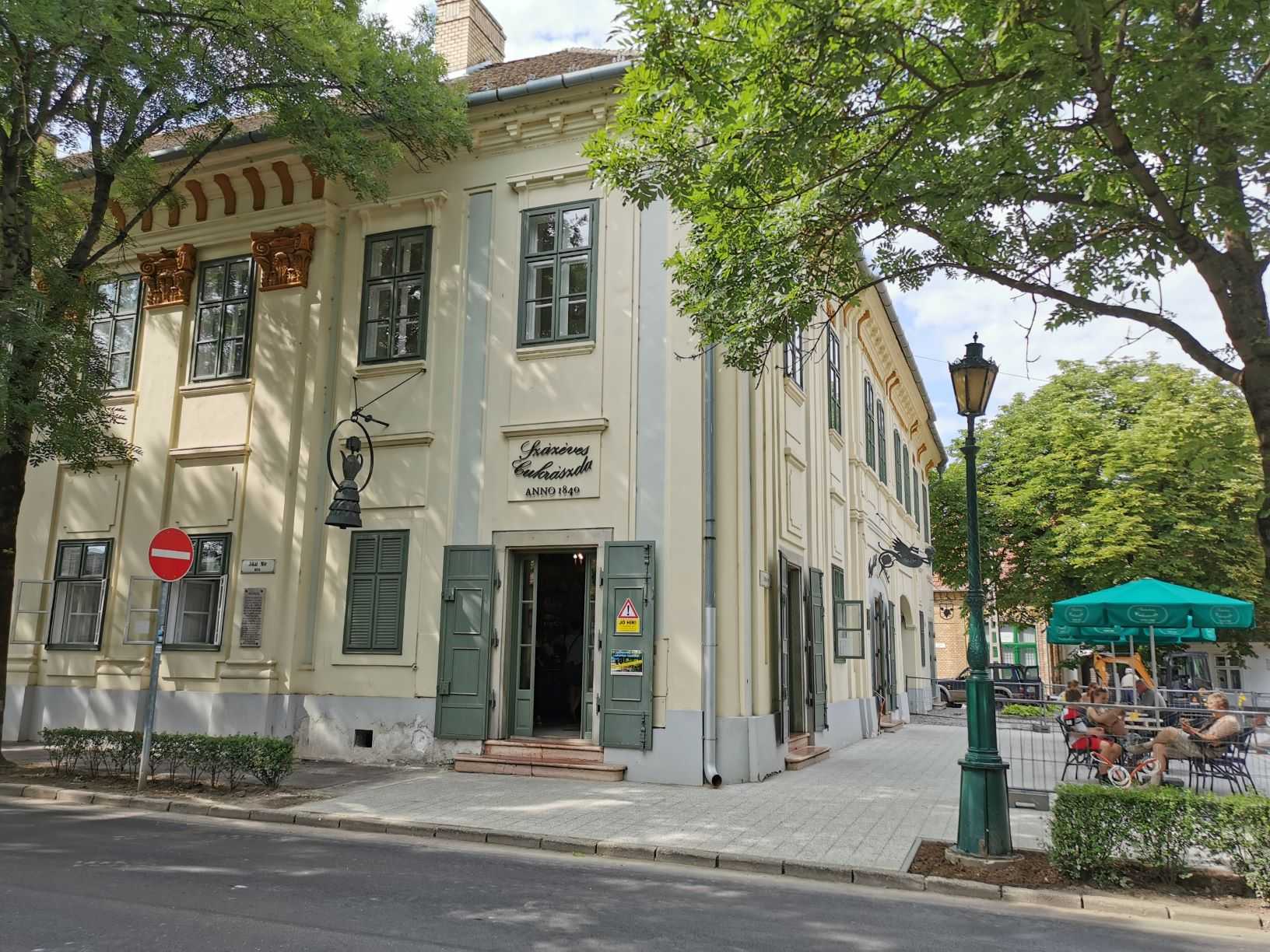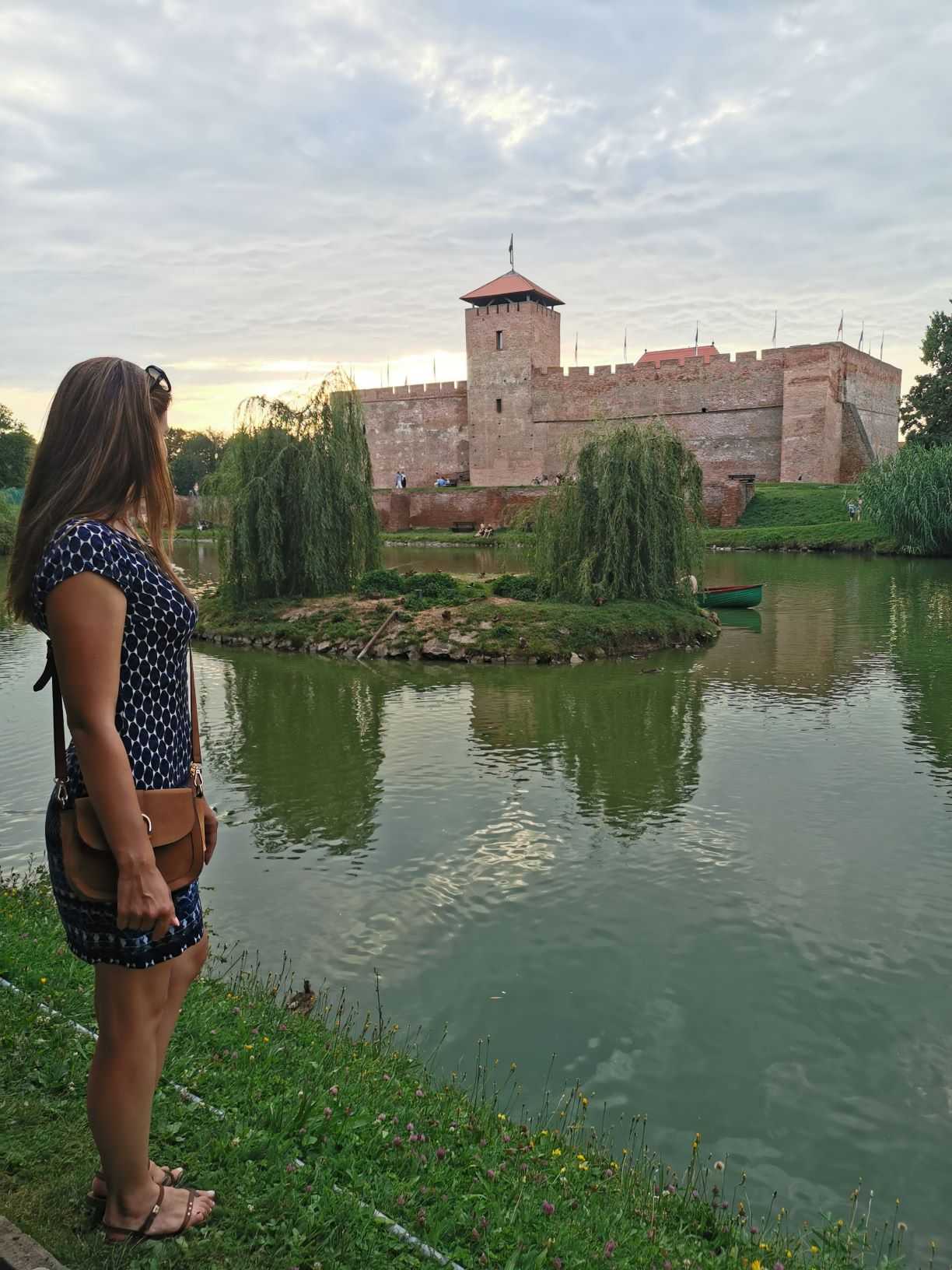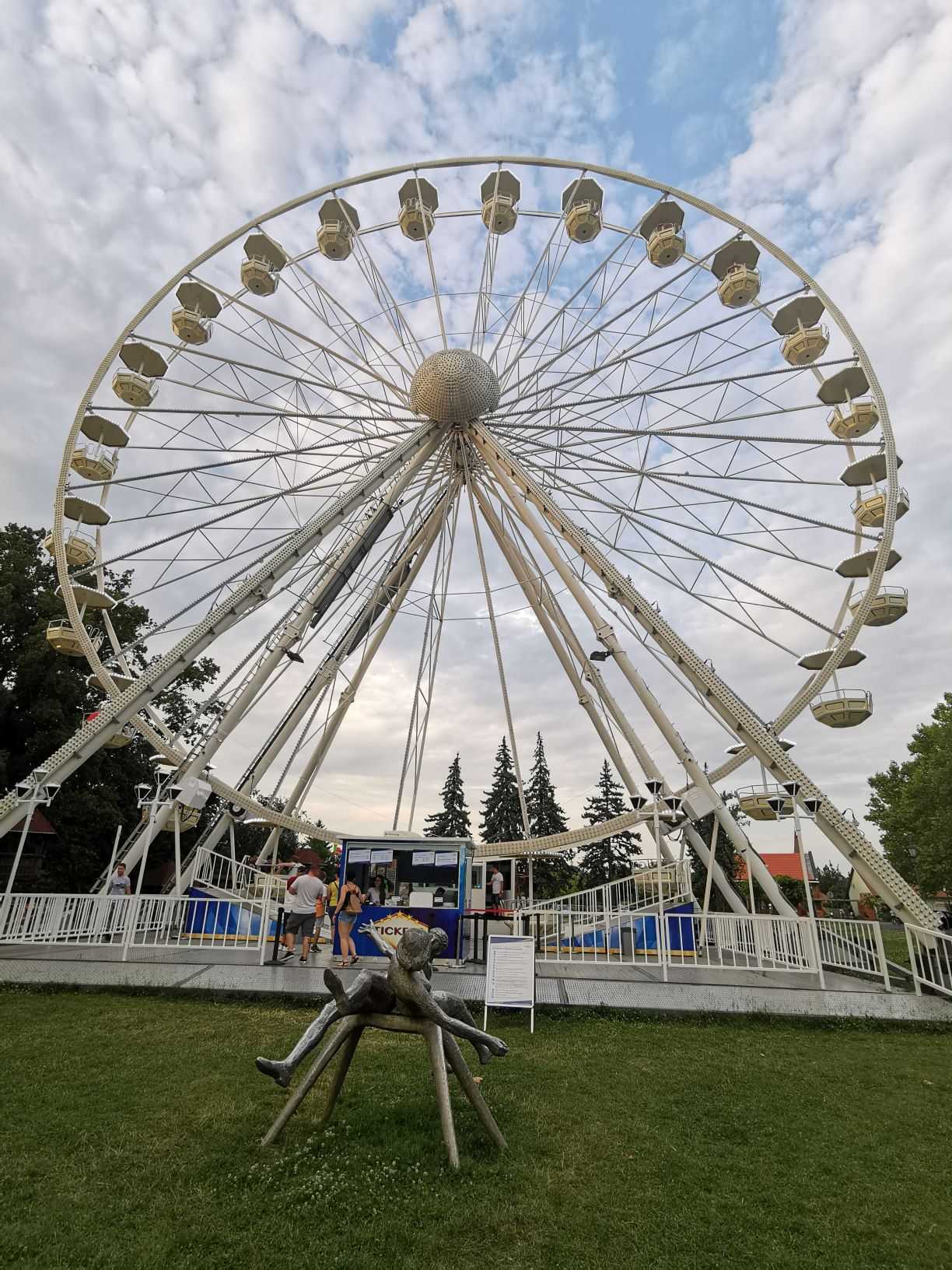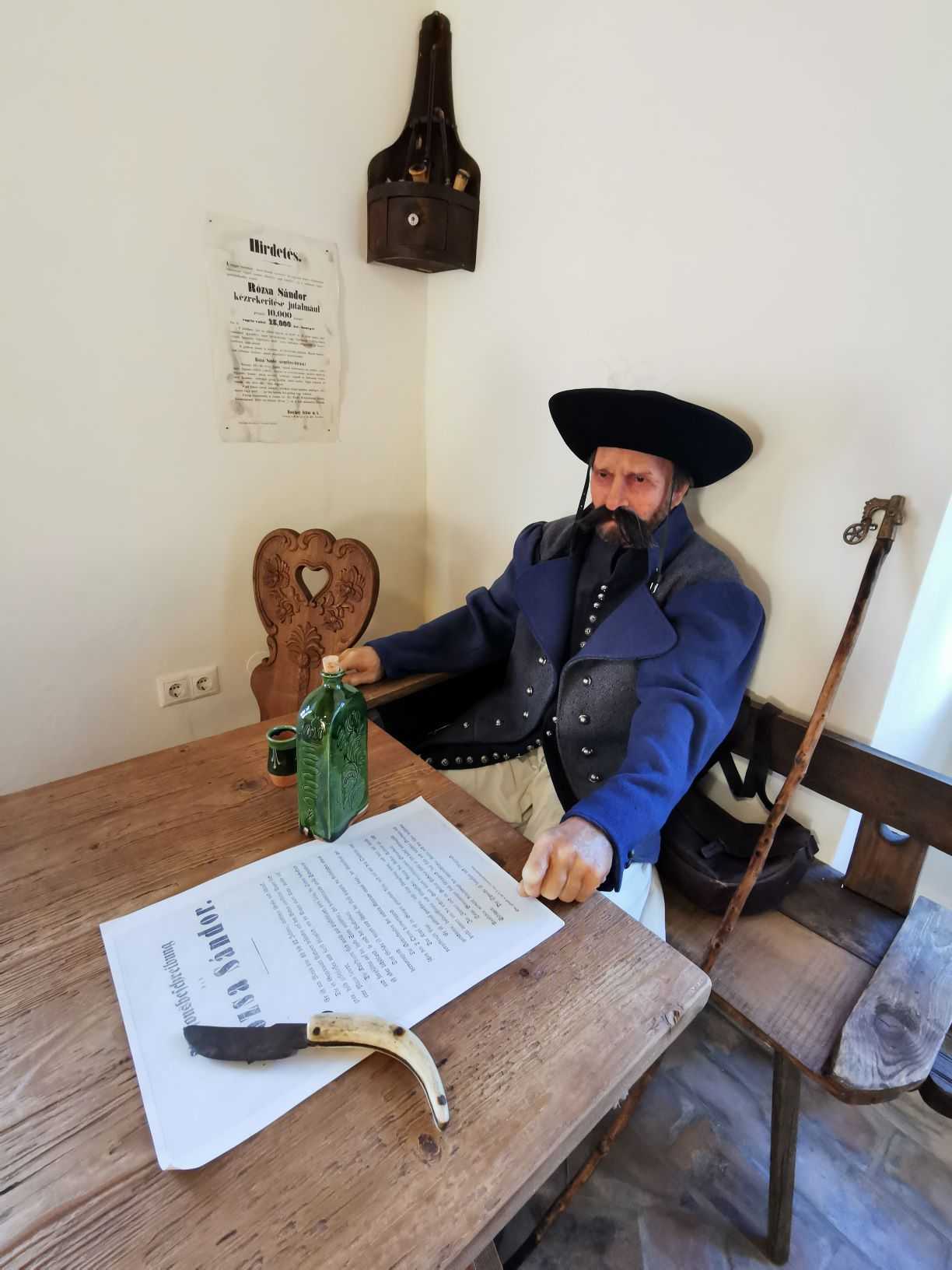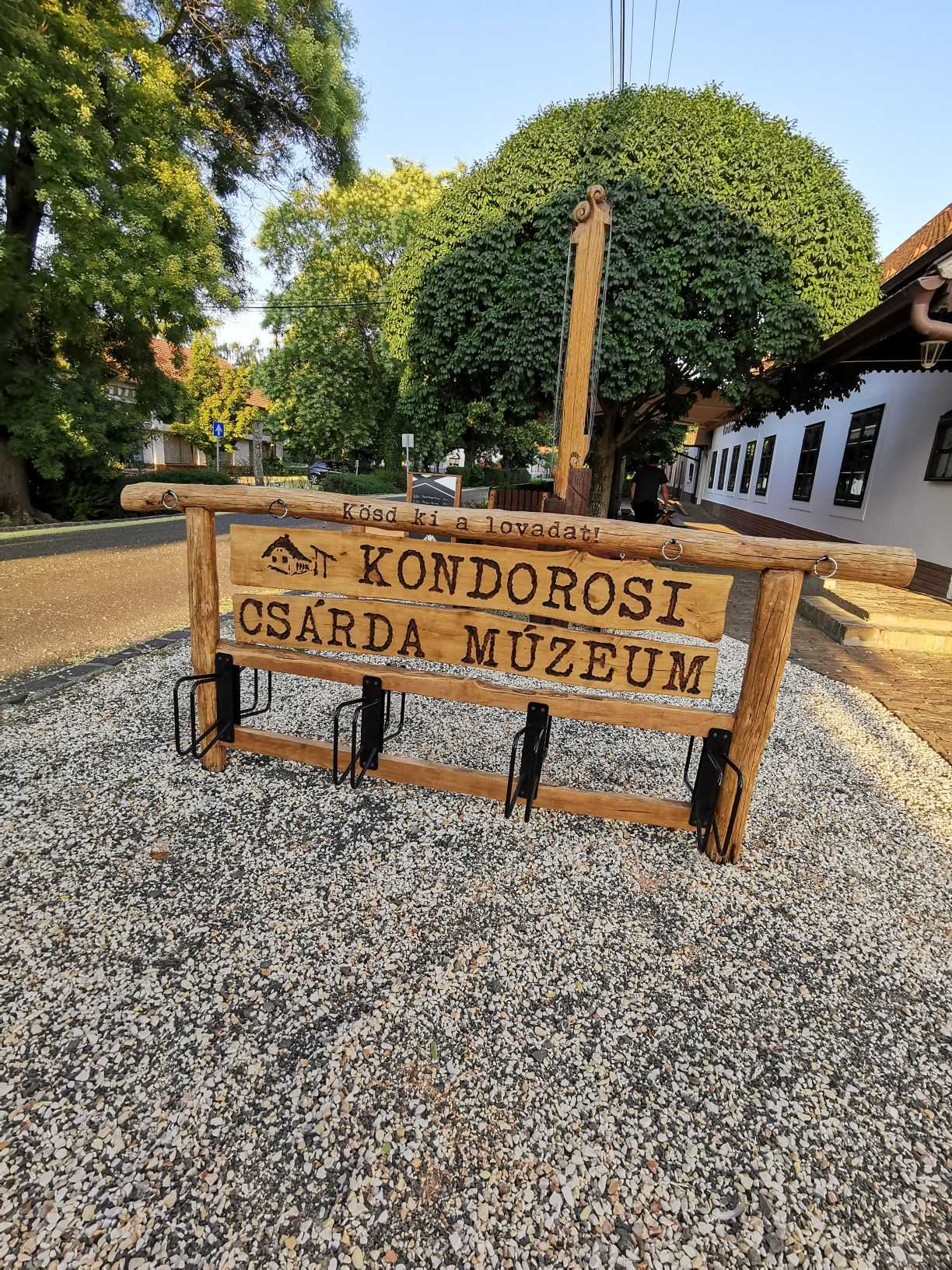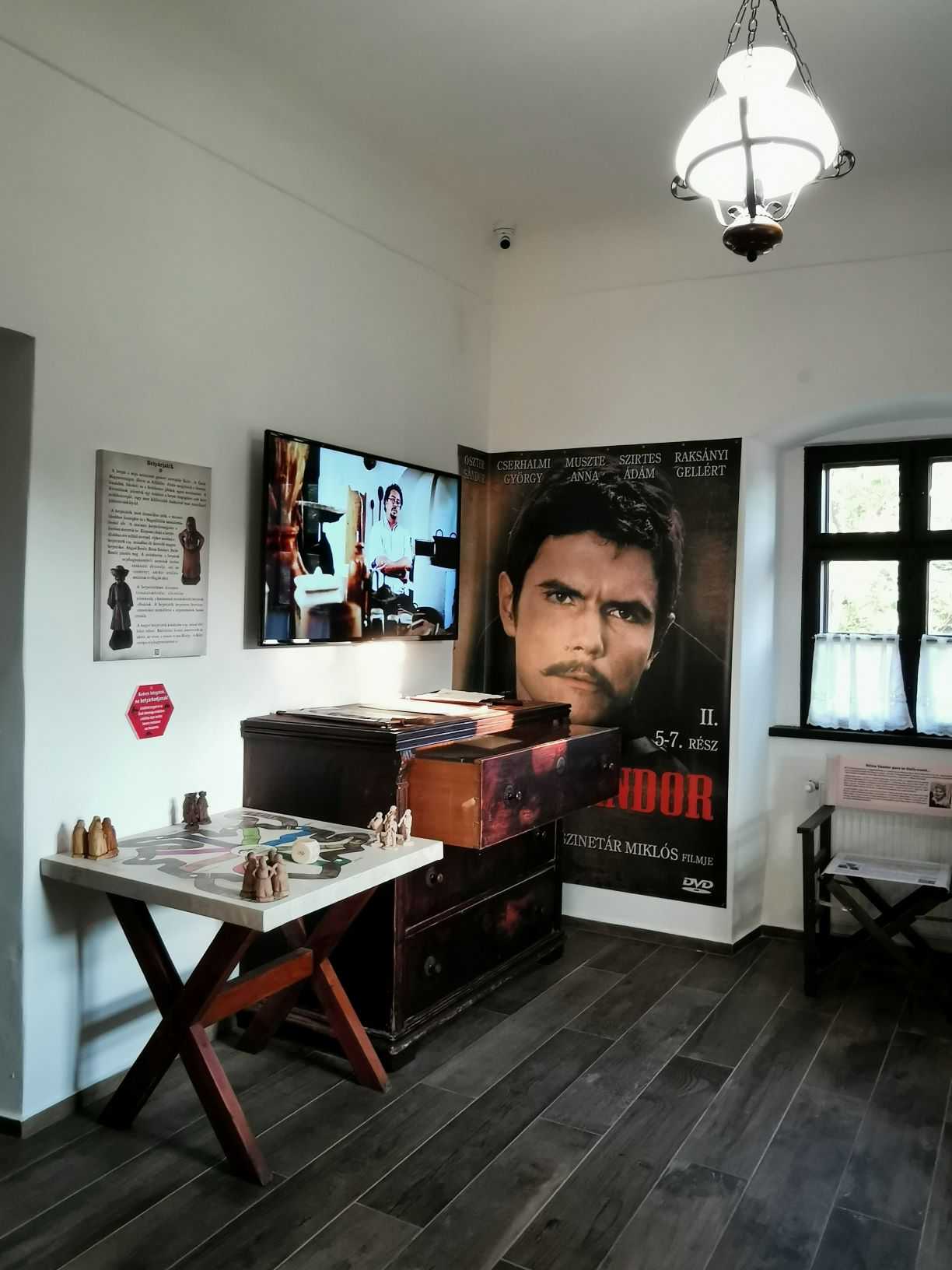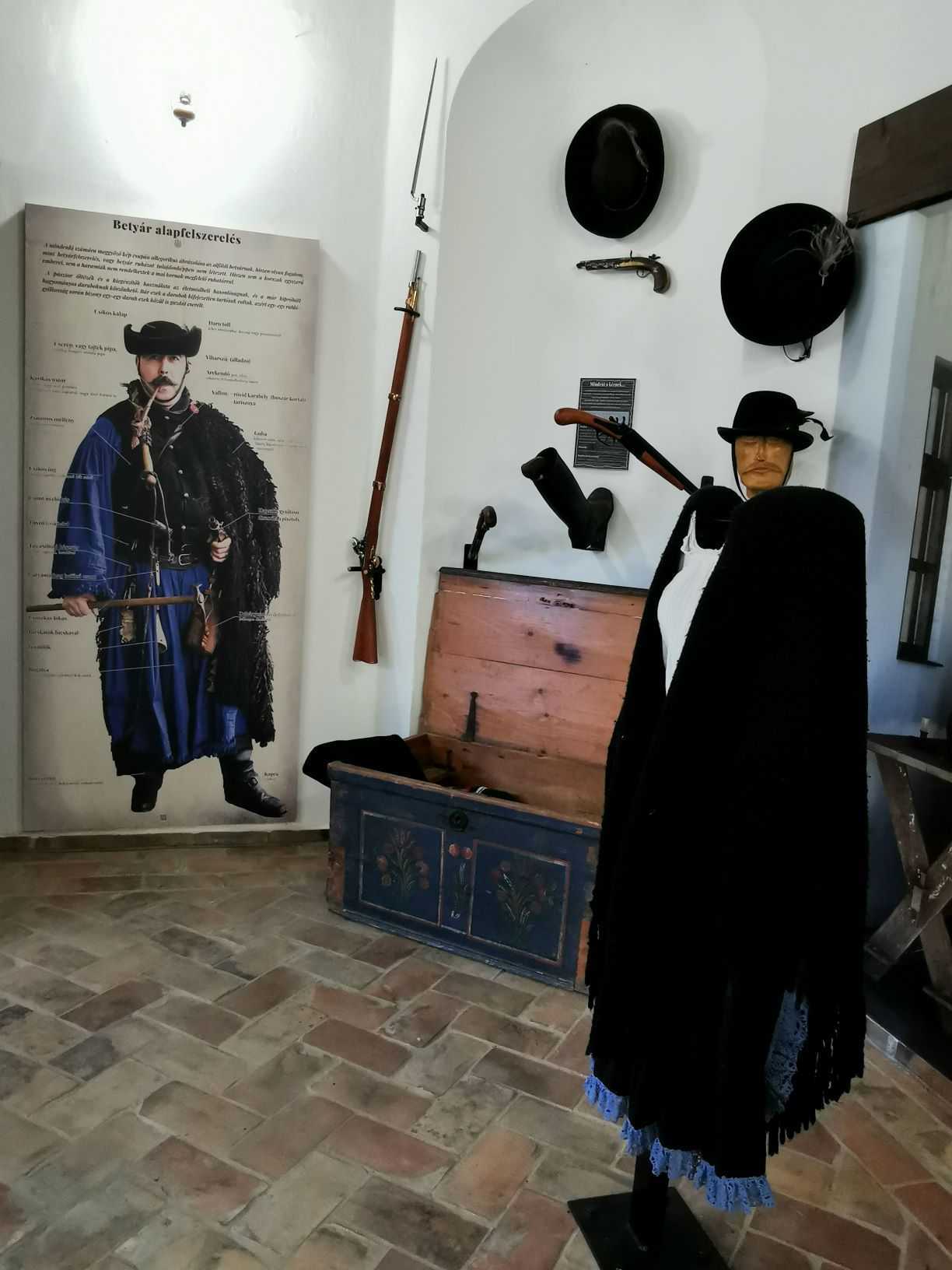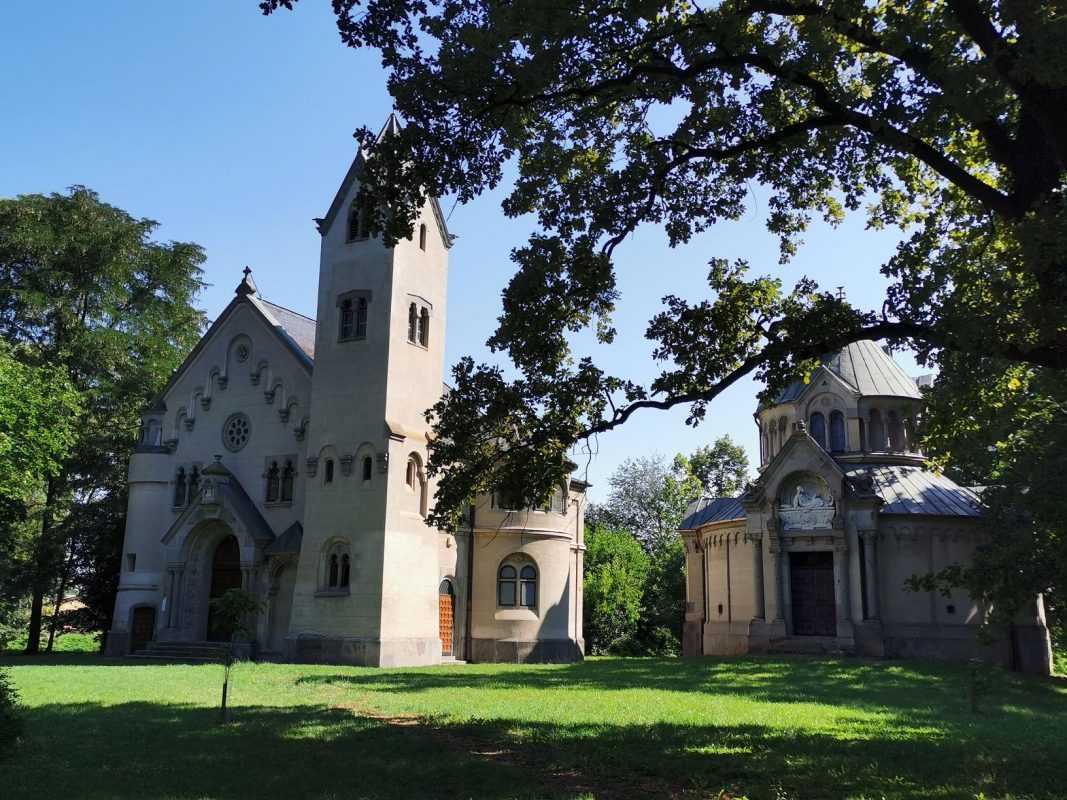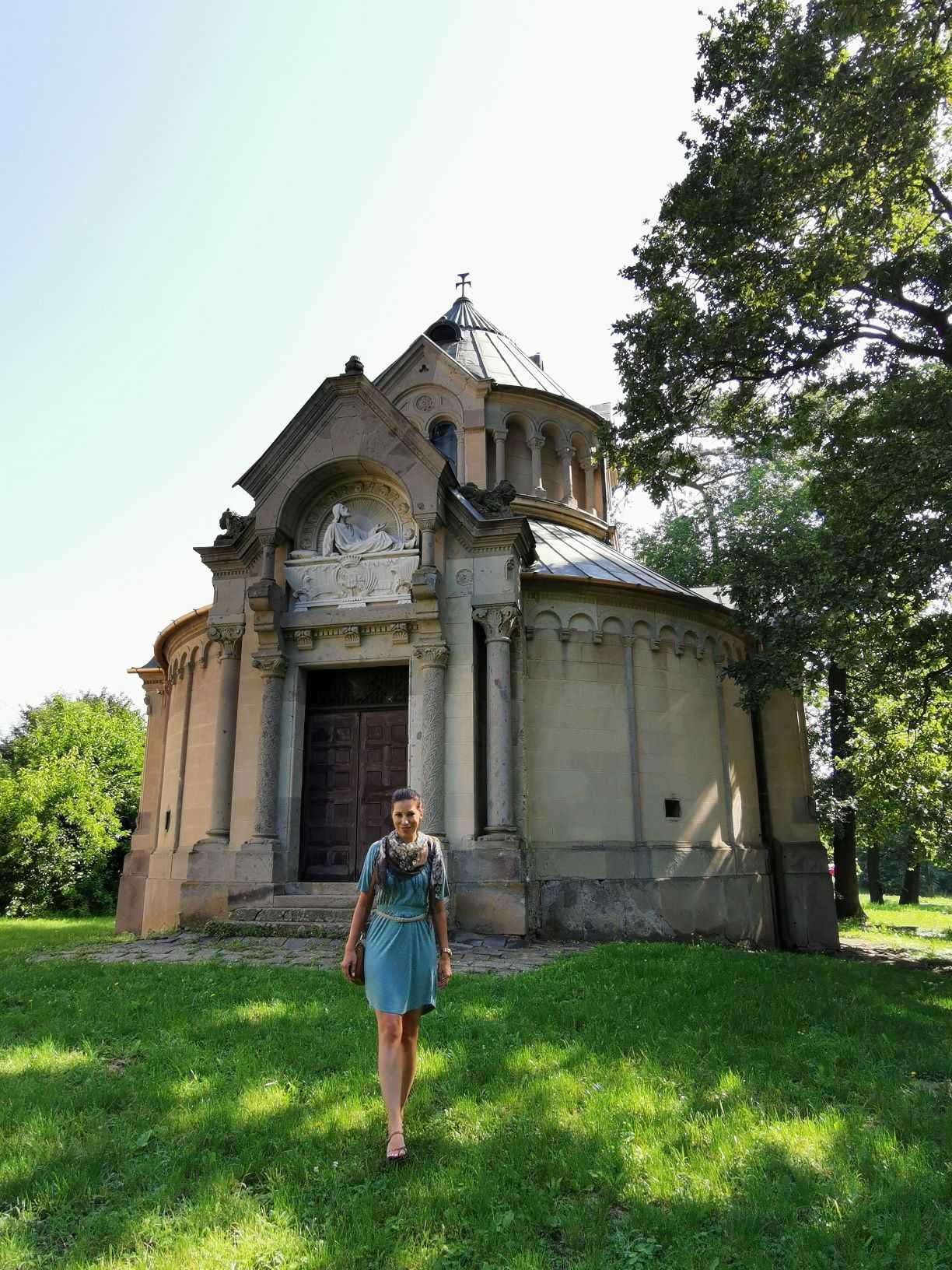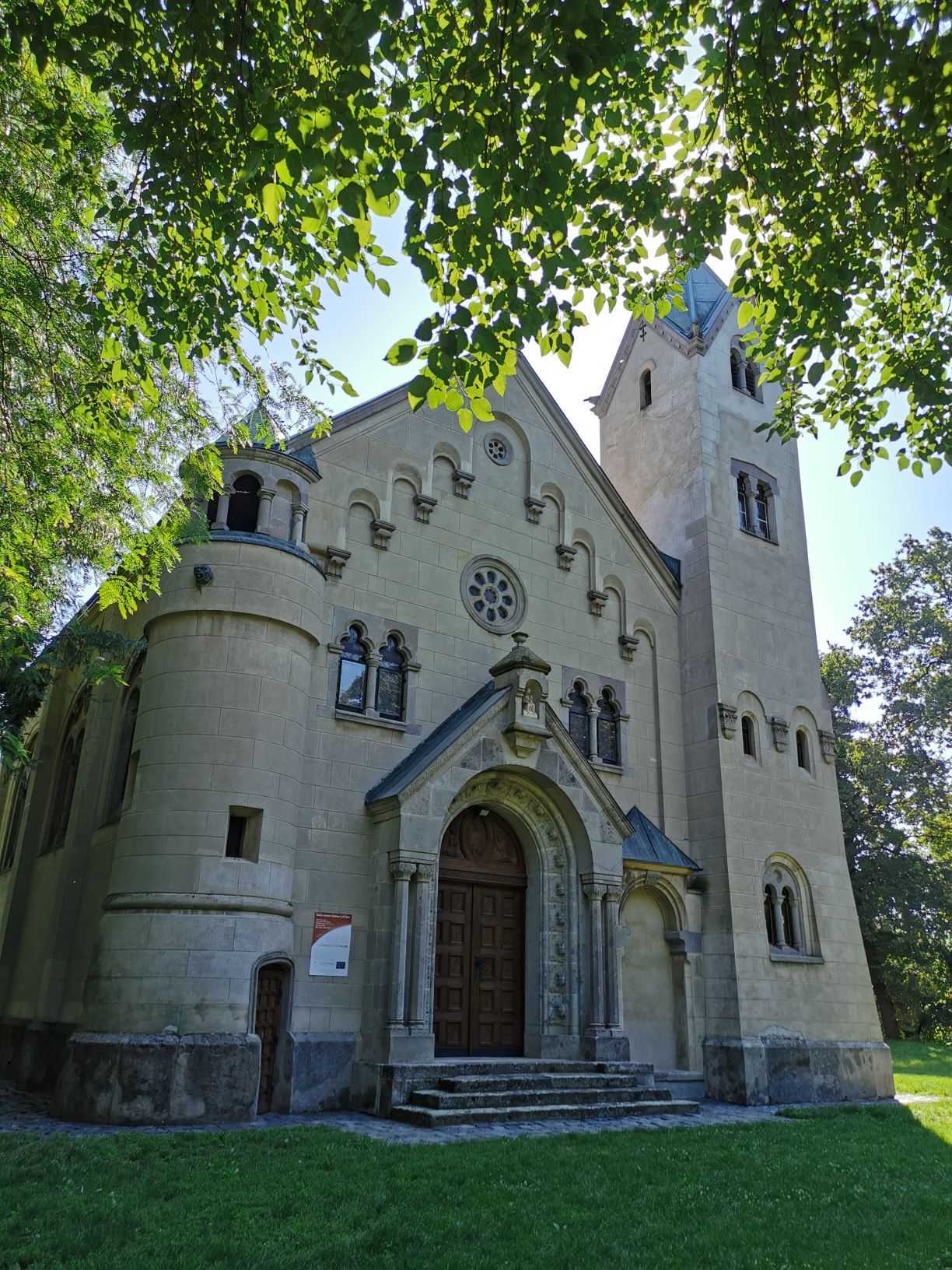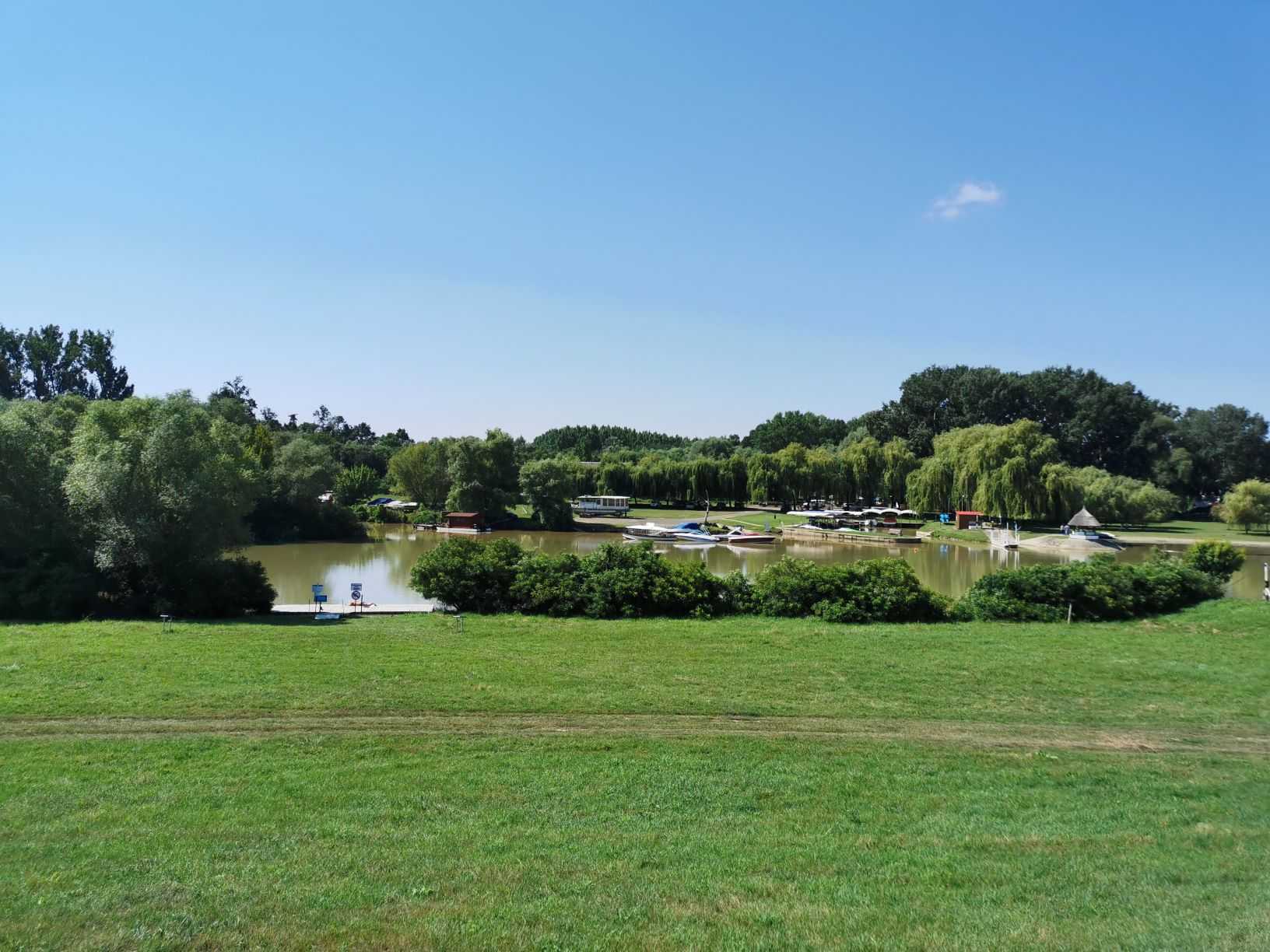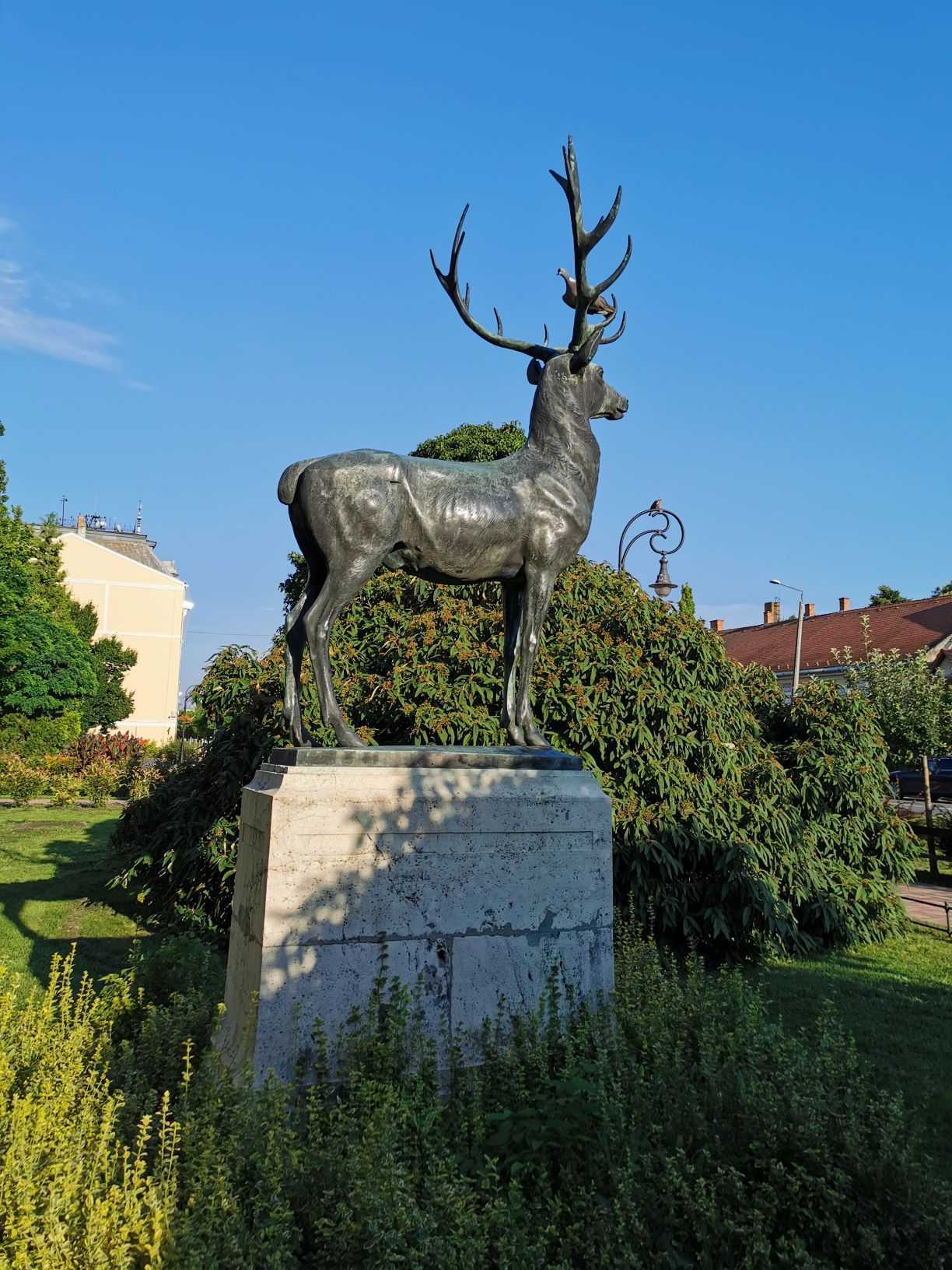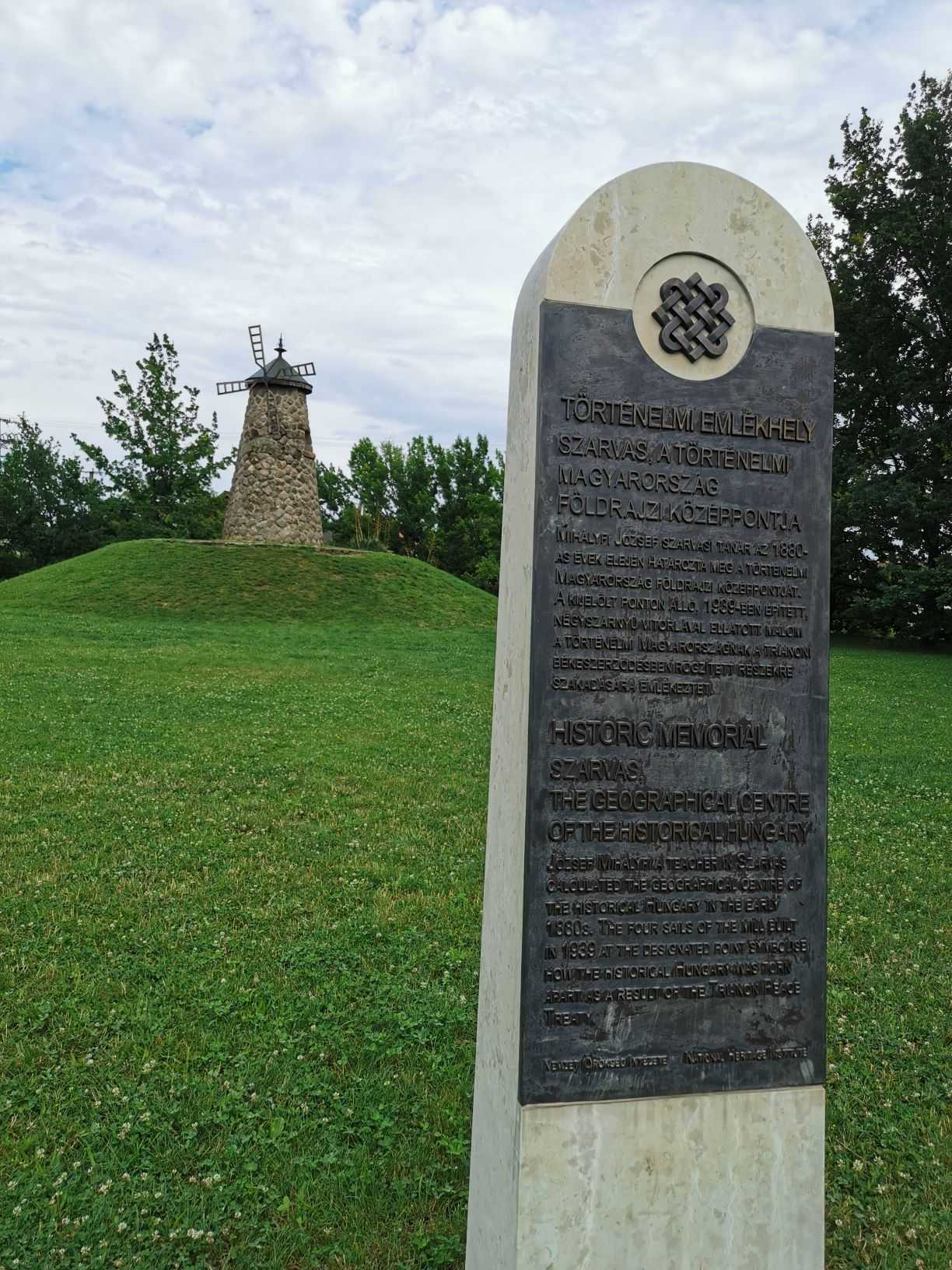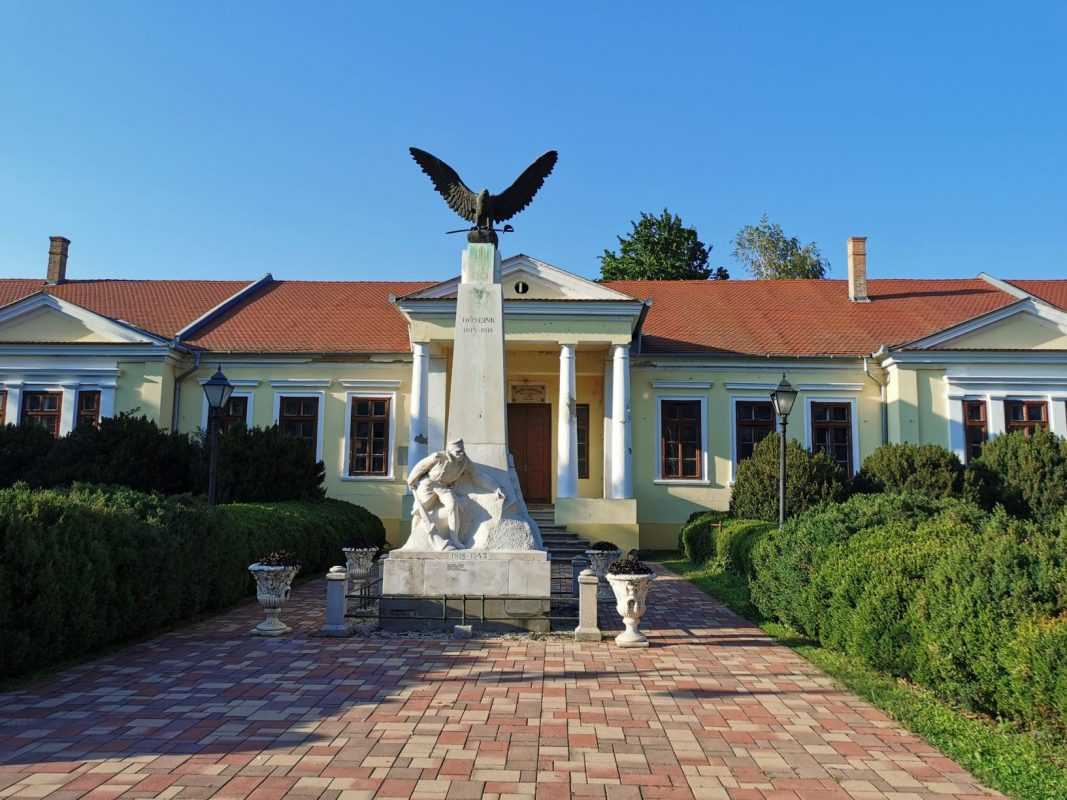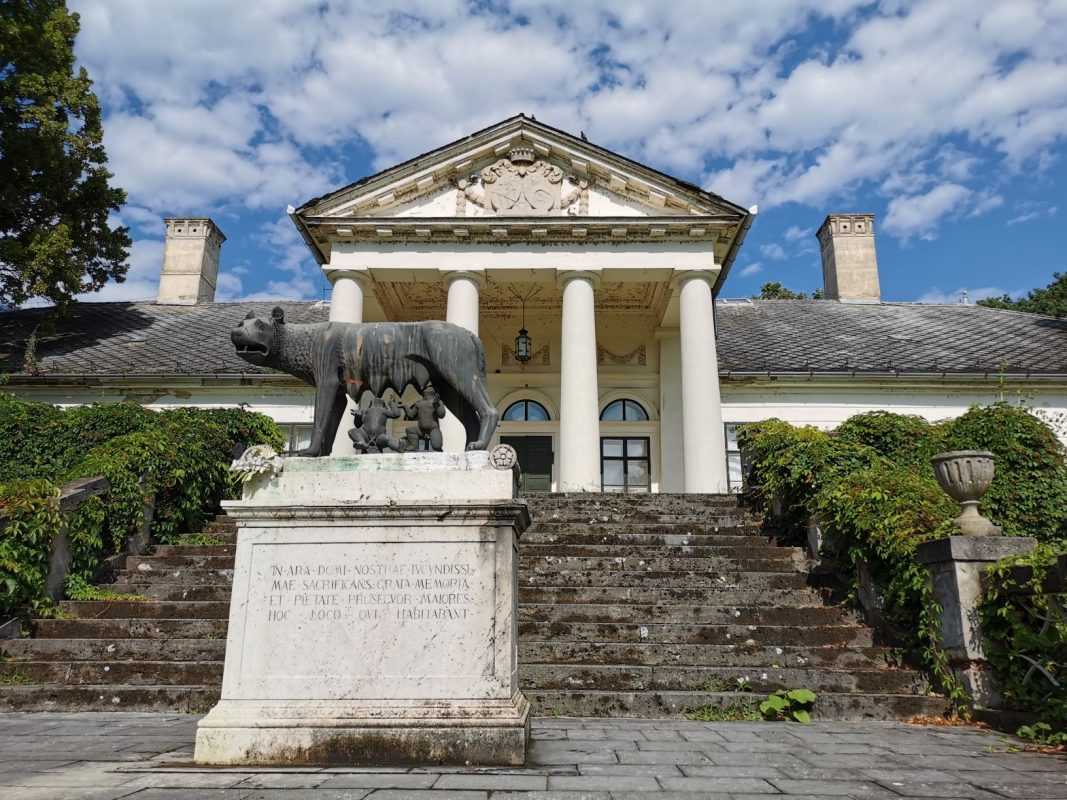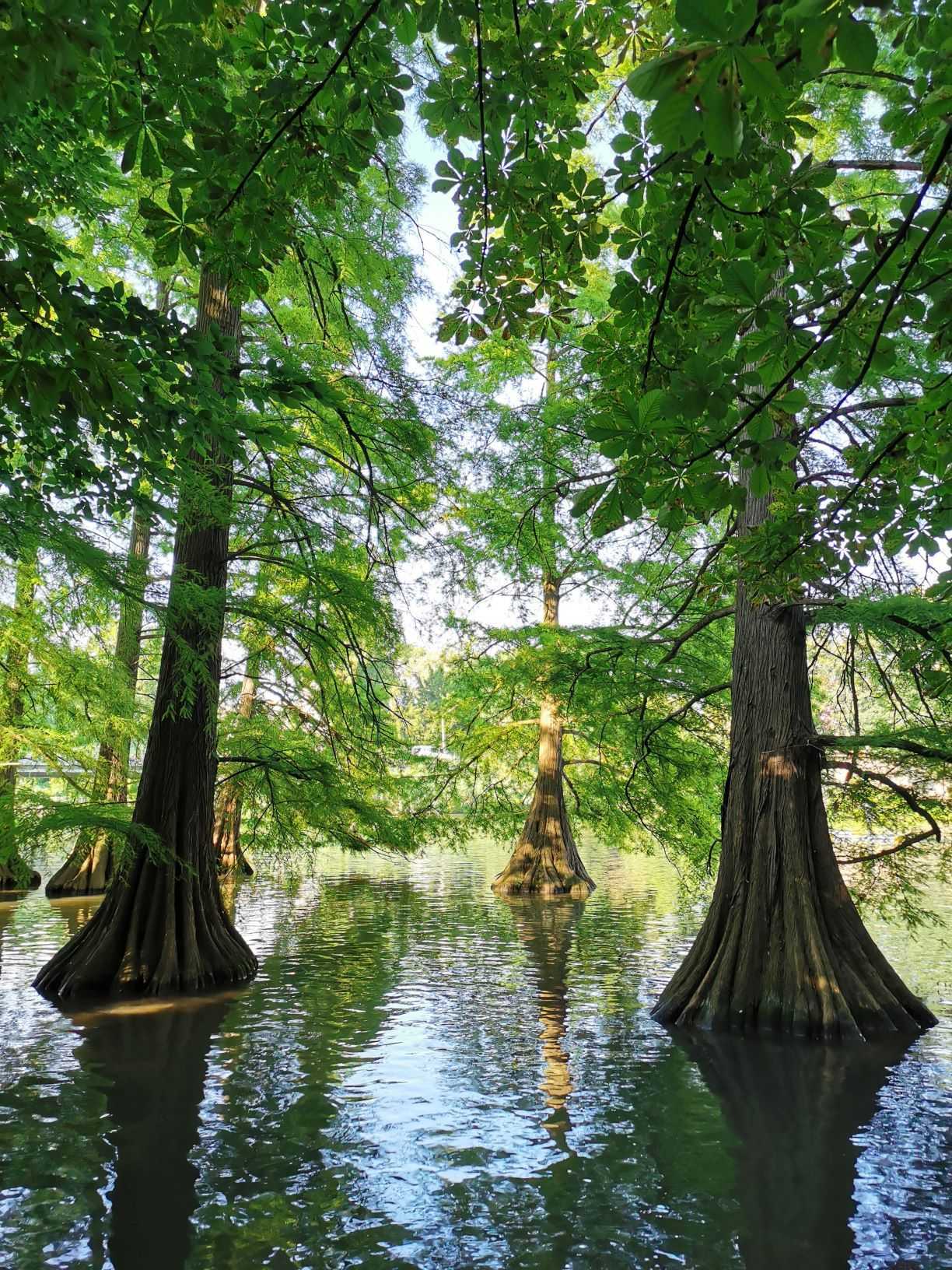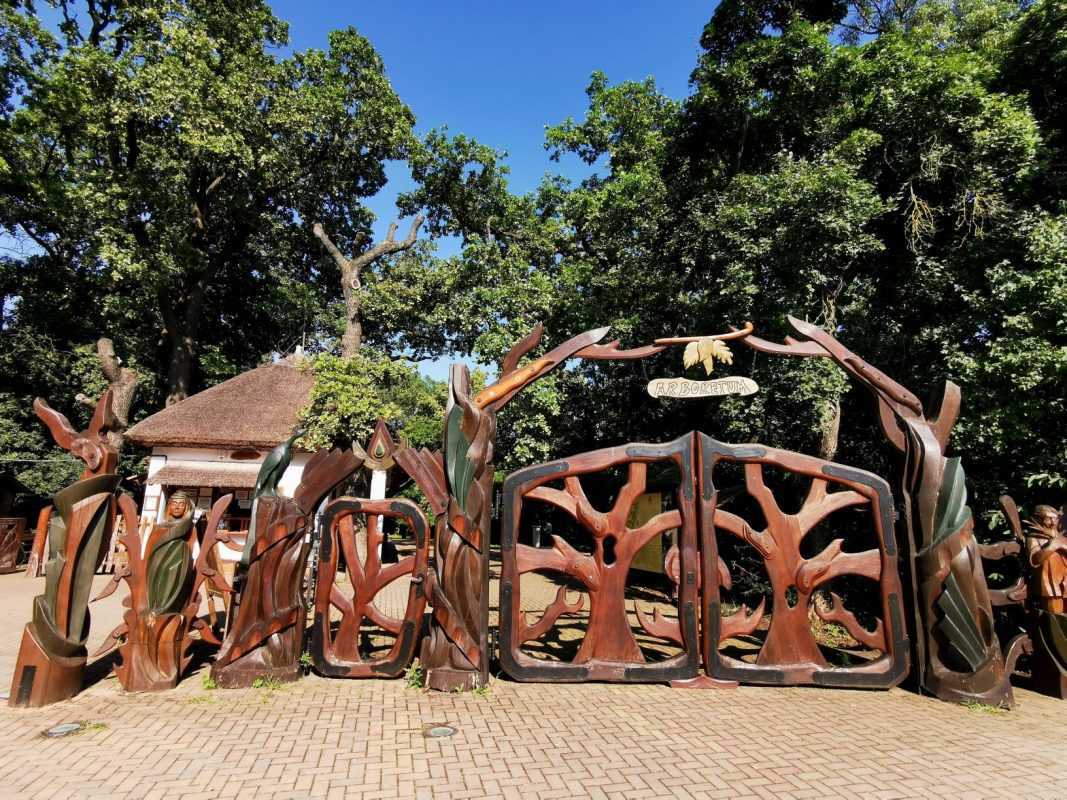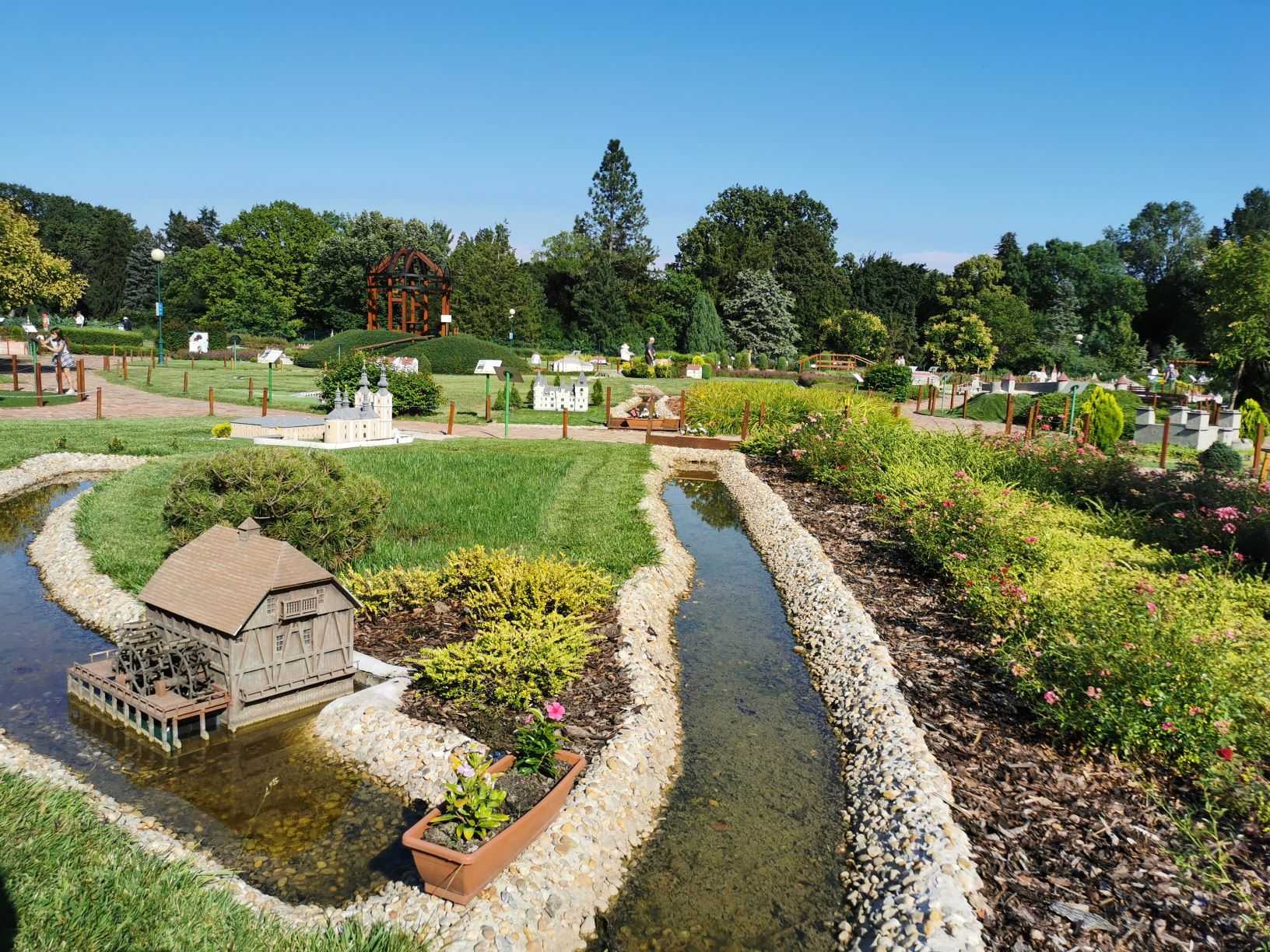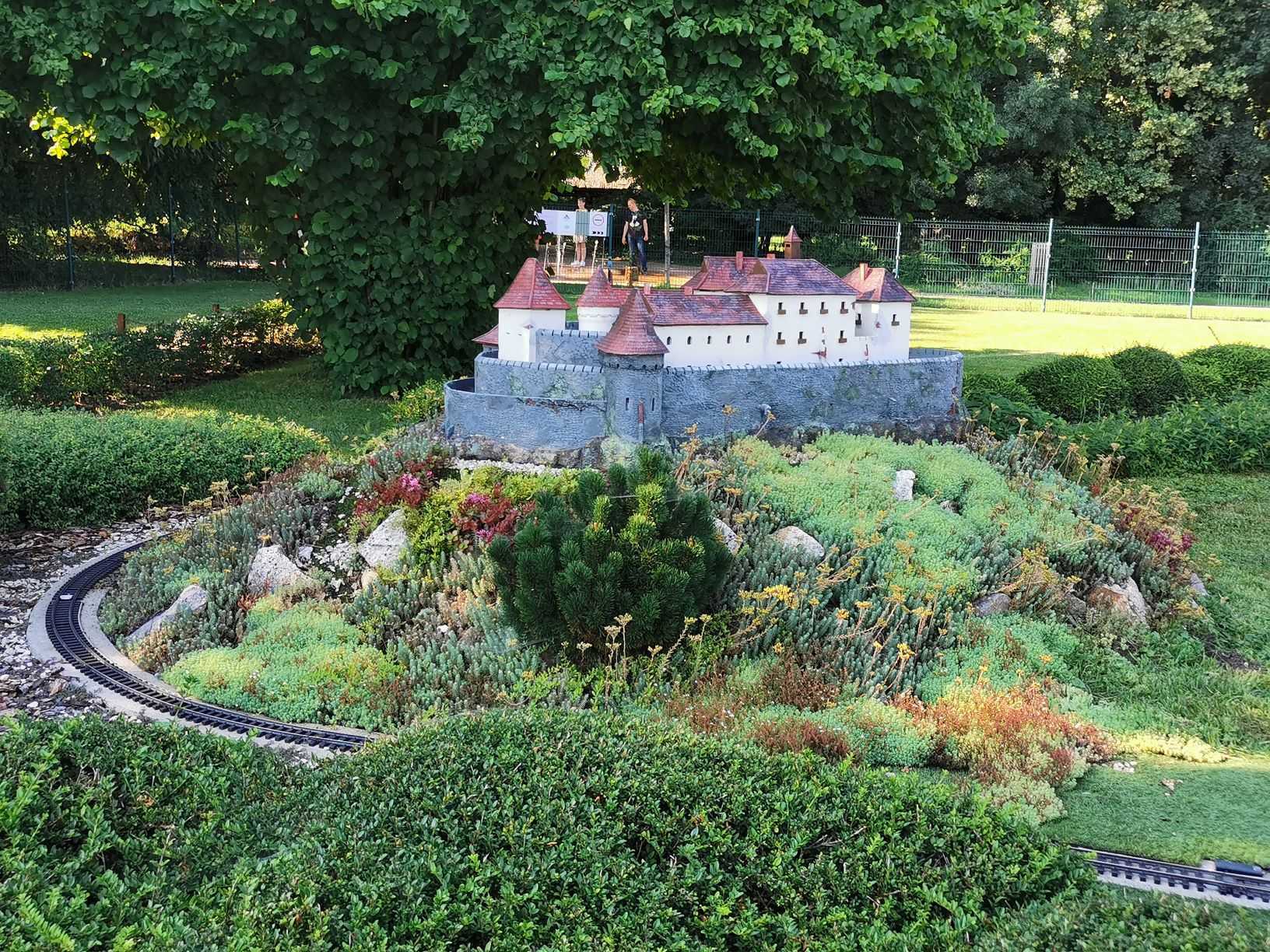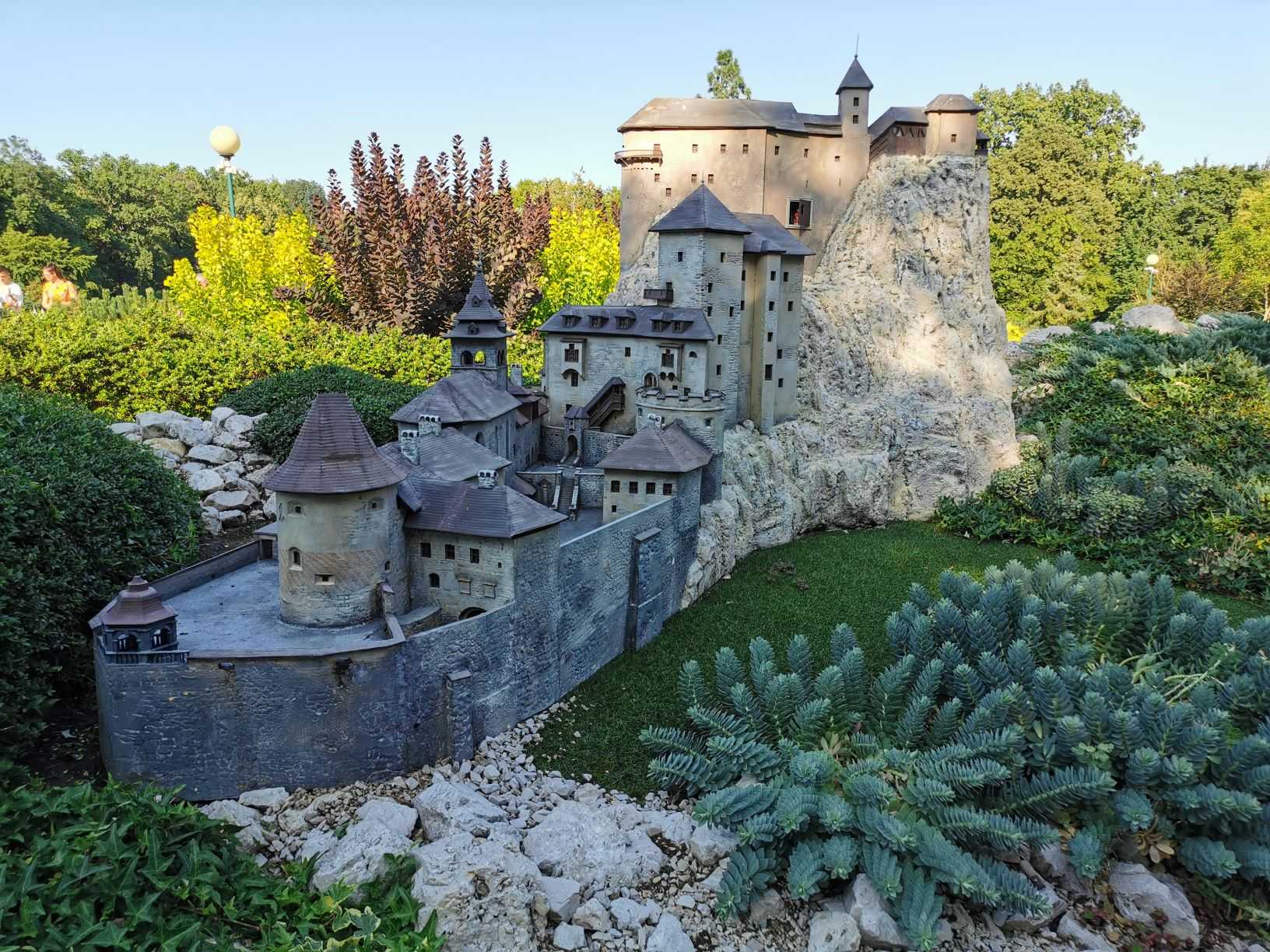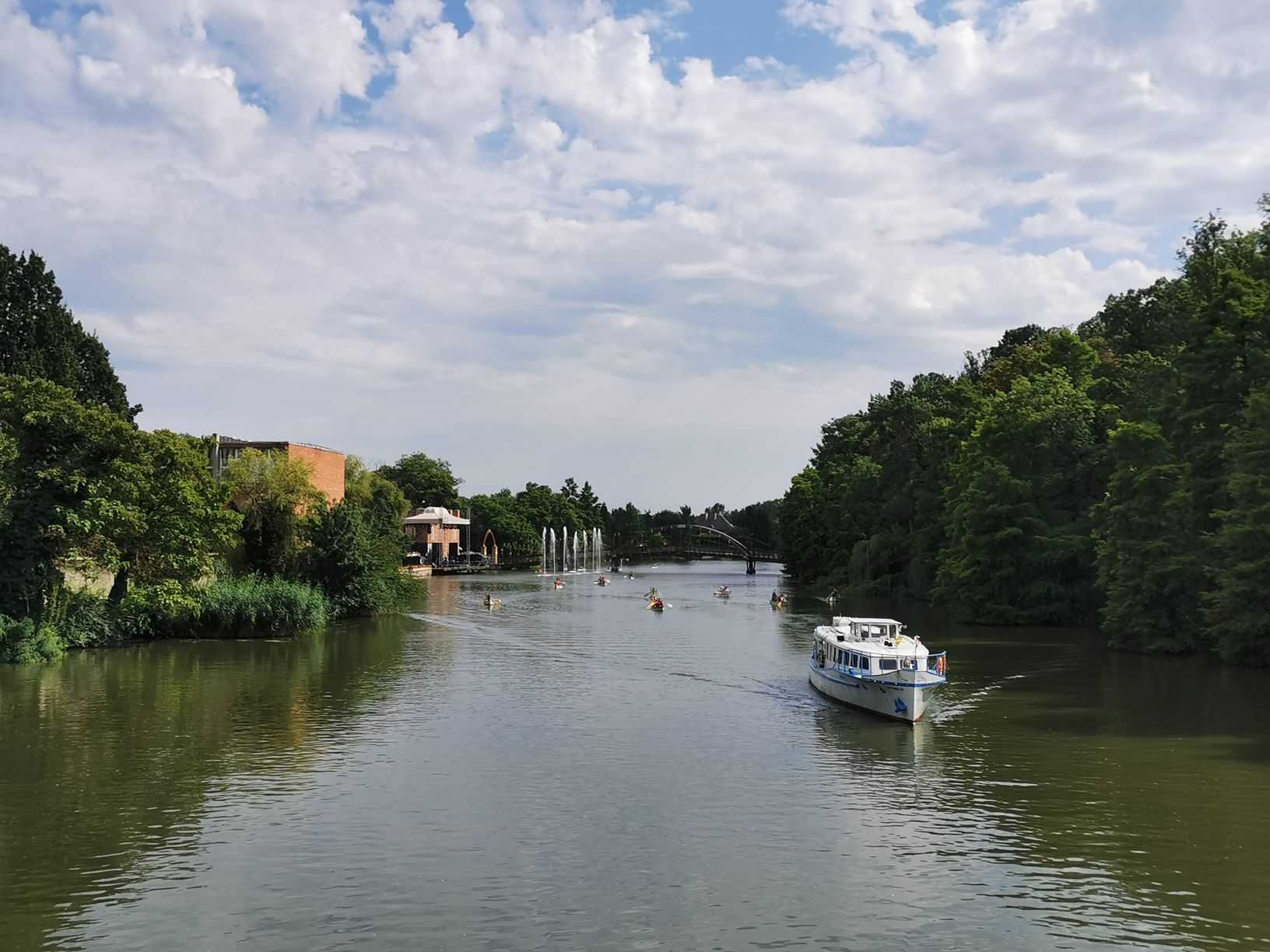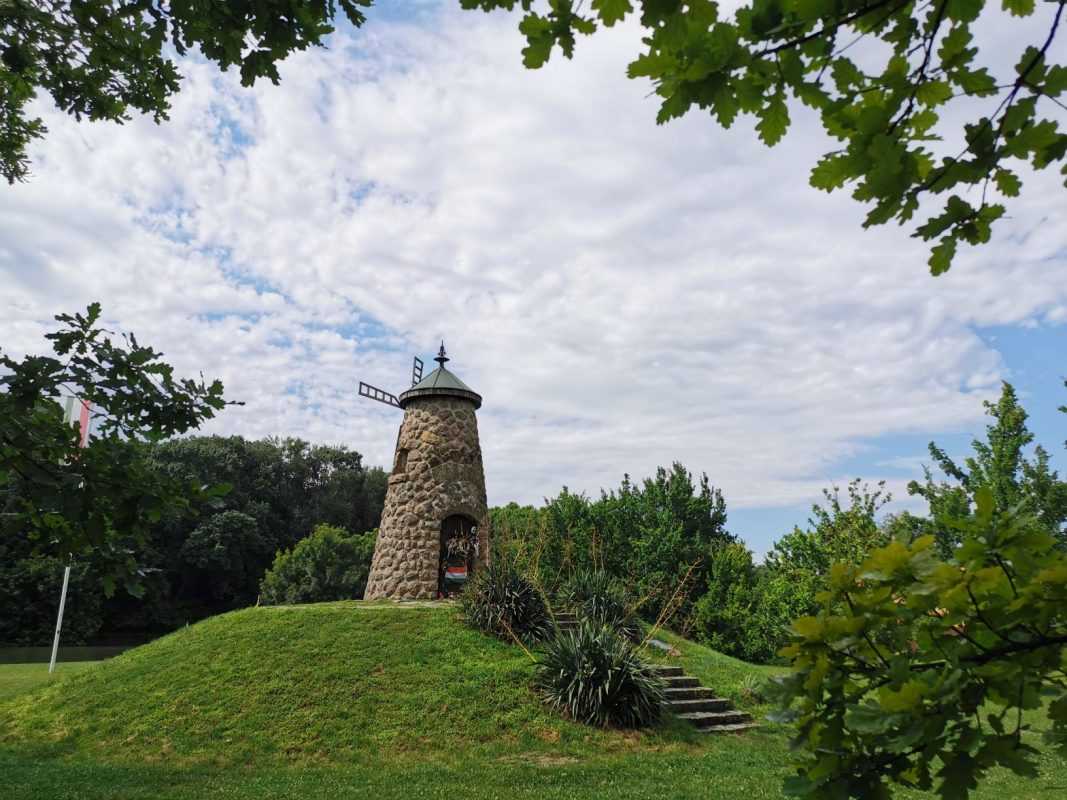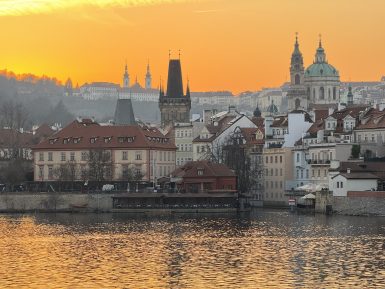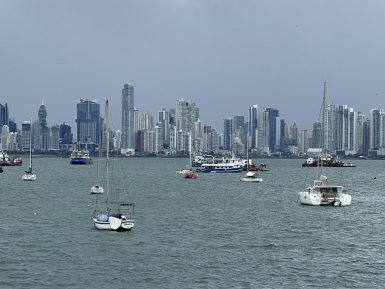I have already written a separate blog post about the Storm Corner’s capital, Békésbaba earlier (you can read here). Now I would like to introduce to you to the special sights and cities of the Storm Corner, the youngest region of Hungary. The name itself derives from Géza Féja’s novel of the same name written in 1937 and the term is used for the territory of Körös-Maros rivers. Hungary has the highest annual average temperature here and thanks to high yield average the region serves as the country’s pantry. Just think of the sausages of Csaba and Gyula, the plum pálinka of Békés, the watermelon of Medgyes, or the onion of Mako. However, the focus of my trip now is not on culinary delights, but on cultural and historical attractions. I’m going to pass on a big one of these with my blog post so that everyone can explore Békés County in their own way. And it’s worth visiting here not just because it’s the pantry of Hungary.
Gyula
Everyone probably heard the name of Gyula, which is one of the most flowery spa cities in Hungary. The two epithets are no exaggeration, as its bath is countrywide famous. On the other hand, as far as the eye can see, the city center is decorated with huge flower beds. I tried to gather from the Internet how many flower competitions Gyula took part in and won a special prize, but I got stuck somewhere near the 10th.
Gyula Castle Bath
There was already a cold-water bath in the city of Gyula before the Turkish rule. This is also stated in a record of 1518 and notes that management of the bath is the responsibility of the vicar. The bathing culture began to flourish during the Turkish homage, and by the end of the 19th century, there were 12 well-fed baths here gaining water from artesian wells. In 1965, the famous Riding School and the winter bath were opened, and in the same year, Gyula has declared a holiday resort. Since 1971, the bath has been officially a spa, based on thermal mineral water with alkali bicarbonate that is particularly effective for musculoskeletal complaints. Another interesting thing that strengthens Gyula’s role is that it was here that compulsory swimming lessons for children were first introduced in the country in 1972. Today, the Castle Bath awaits those who want rest and medicinal water in a renewed form 365 days a year.
Gyula Castle
Gyula’s cityscape is dominated by the castle, the only lowland Gothic brick castle on the shores of a lake. Its construction dates back to the early 1400s and was always owned by one of the Hungarian kings or his relatives until the Turkish rule. The Golden Age began when King Mátyás gave the castle to his son, János Corvin, in 1492 and, with it, the post of lord-lieutenant of Békés County. After that, the city became the center of Békés county. The castle was besieged several times in the Middle Ages, including by the Turks, who mobbed it for 63 days, but they could not take in.
The castle was forced by starvation and in the end, the captain of the castle finally gave up the battle. This is how Gyula Castle got in Turkish hands for 129 years. After Rákóczi’s war of independence and the revolution of 1848, the castle became completely uninhabited. Its escape was due to the 1905 re-development of Dénes Almásy, who build a romantic ruin as a landmark of the Count’s Park. In doing so, the castle has become the only Sigmond-era building that survived history, and now it’s under monument protection.
The castle can be visited against admission fees and inside you can get closer to history through many exhibition halls. It was somewhat disturbing me in terms of sight, that a modern auditorium and stage are set up in the middle of the castle. I prefer a castle that preserves its authentic sign, but at the same time, I know the Castle Theatre of Gyula is a popular venue for outdoor performances. While you’re here, don’t forget the panoramic view from the top of the castle, where you can get up the spiral staircase in the old tower.
Almásy Mansion and Visitor Centre
Although the building officially bears the name of Almásy, the last owner’s family and the savior of Gyula Castle, the mansion is actually a Harruckern, Wenckheim, Almásy Castle. It was built in 1742 by János Harruckern, who organized the re-settlement of Békés County (I wrote about it here). Later, in the early 1800s, the castle got in the hands of the Wenckheim family and under the direction of József Wenckheim, it became a noble residence. A horse riding stable and maid’s wing were erected next to the main building, while exotic plants were planted in its park and conservatory. This castle was the first place in the country that served as a venue for open theatre shows, and our famous painter Mihály Munkácsy, who made several family portraits from the Wenckheim family, began to get acquainted with the painting art here.
But the grandfather of the Hungarian hymn musician, Ferenc Erkel played music in the castle too. Ferenc Erkel is also a famous native of the city and his memorial house can be found in Gyula. The last owner of the castle was the aforementioned Dénes Almásy, who is related to a more famous Almásy, Laszlo, who was an Africa explorer and researcher and made his life in the Oscar-winning film The English Patient. Today, in addition to the everyday life of the overlords, visitors can also get an insight into the daily life of the staff. The exhibition was selected for the top 40 museums in Europe in 2018.
I could continue the series of attractions in Gyula until the end of the day, but instead of words, I rather show you a photo gallery with subscriptions what else is worth visiting in Gyula.
 The predecessor of Our Assumption Lade of Nád church stood here before the Turkish times and is now a famous pilgrim’s place
The predecessor of Our Assumption Lade of Nád church stood here before the Turkish times and is now a famous pilgrim’s place
Kondoros Inn
An inn for delicious food may not be part of this blog post. But it is not (just) the Kondoros one is famous for this, but it has a unique museum too. As part of the exhibition, the lives of the outlaws of the Great Plain can be revived here, including the outlaw king, Sándor Rózsa. Sándor Rózsa, often called as Robin Hood of Hungary is surrounded by a particularly large cult in Kondoros, as he was born here.
Since the mid-18th century, the Kondoros Inn has been replaced by a guest house and it was crossed by eight lowland roads. During the 1800s, outlaws regularly visited the inn, who, despite the romantic hue were criminals of their time. According to the narratives, Sándor Rózsa found himself hiding several times in the Kondoros Inn. The squiggly chimney and the mysterious tunnel gave him a way out of the gendarmerie in each case. But the inn was not only popular for the outlaws.
Among its guests, we can find János Arany, who rested here during his way from Nagyszalonta to Pest. Sándor Petőfi visited here several times, as did Mór Jókai, who came here around 1848 to handed over the amnesty to Sándor Rózsa. Although he did not find any trace of the outlaw king, but he wrote his experiences of the inn in his book, Egy magyar nábob.
Doboz
There is a Wenckheim hunter castle in Doboz, which was once a lord’s residence, with a huge park, horse stables and beautifully furnished apartments. Unfortunately, all this glamour is a thing of the past, as the historic character of the building ceased when it was converted into a school in 1966. At the same time, Doboz is worth visiting, because the castle park still preserves the former splendor and the memory of the Wenckheim family.
Wenckheim crypt and chapel
At the highest point of the castle park you can find the Chapel of the Holy Cross and the Wenckheim Crypt. Their foundation stones were set in 1897 and 100 lads arrived with the bishop with a national flag in their boots, for the dedication ceremony. The buildings in the shade of the trees are a truly picturesque sight. The neo-Romanesque chapel and tomb are made of limestone and praise the hands of Nicolaus Schiedek, a Viennese master. The buildings were closed when I was there, but its white Carrara marble altar and golden mosaic dome are said to be dazzling.
I would like to draw attention to one more place in Doboz, which, if anyone wants a bath, is worth visiting. Szanazug splits between the White and Black Körös rivers and is a popular natural beach among locals. On one side it is linked with the village of Doboz, where bathing is free, while the over-the-counter beach already belongs to Gyula and is a payable resort. There is a small ferry on the river, on which you can transport a bicycle, so you can easily explore the region on two wheels too.
Szarvas
The name of the city reminded me at first of the famous coffee maker produced here. This picture immediately changed when I visited the city. If I had to highlight a place that was an absolute surprise in the Storm Corner, it would be Szarvas. I didn’t really expect “big” things here, but I went from one wow experience to another. The first was the Holt-Körös coast, which crosses the whole city. It offers a picturesque view with the Holy Crown in the water, built in honor of the Millennium, as well as the Water Theatre. Not far from the Körös coast there is the small windmill erected in 1939. It highlights the geographical center of Hungary before the Trianon Treaty when the territory of the country was cut by a third. If you are interested in the current center point of Hungary, you can read about it here.
Mittrovszki Castle
Szarvas has two beautiful castles. One is Mittrovszki Castle along the main road, which is easy to recognize from the World War 1 monument in front of it. The classicist-style castle was built by Vladimir Mittrovszky around 1835. The building was bought by the municipality of Szarvas later and was used as a city and council house. The ground-floor building with a beautiful tympan on the front can only be viewed from the outside. In front of the castle, there is a Turul bird column commemorating the heroic dead of Szarvas who died in World War 1.
Bolza Castle
The other special place is the Bolza Castle at the junction of Holt Körös and the bridge, which can also only be visited from outside. The predecessor of Pál Bolza’s empire castle of amazing beauty was built on the Körös coast between 1810 and 20 and was rebuilt in the mid-19th century in its present form. The old Bolza-Batthyány coat of arms can be seen on the façade of the main entrance from the waterside of the castle. On the white marble staircase, there is an exact copy of the Roman Capitol wolf statue, which revives the legends of Romulus and Remus. With this sculpture, Count Bolza wanted to remember the Italian origins of the family.
Szarvas Arboretum
Pál Bolza had two loves: his wife and his garden. He inherited from his uncle a large area of Szarvas, where he wanted to prove that other climate-accustomed plants could also be naturalized in the poorest parts of the Great Plain. He is credited with the creation of the Szarvas Arboretum, or Pepi Garden. The 84-hectare area on the shores of the backwater of Triple Körös rivers is Hungary’s largest and most visited collection of plants. Among 1,600 species, native yews, 100-year-old mammoth pines, the most beautiful ones are the white cypresses that stand in the water. The cypresses can be seen on the banks of the Holt-Körös, near the bridge.
Mini Hungary and Maquette Park
If you are in Szarvas, it is worth visiting the mini-Hungary park, where you can see 78 special buildings from the historical area in the form of an interactive exhibition. Here, by pushing the buttons, you can let the trains depart the railway station. But the sounds of muezzin coming out from the mosque of Pécs, the boats on the shores of Lake Balaton, and the Dracula Castle in Transylvania also offer much fun for the whole family.
In the park, I was happy to discover the castle of my former student town, Sárospatak, about which I wrote here as part of the castles of Zemplen. As more attractions in Szarvas, I brought you a photo gallery as a teaser along with the descriptions associated with them.
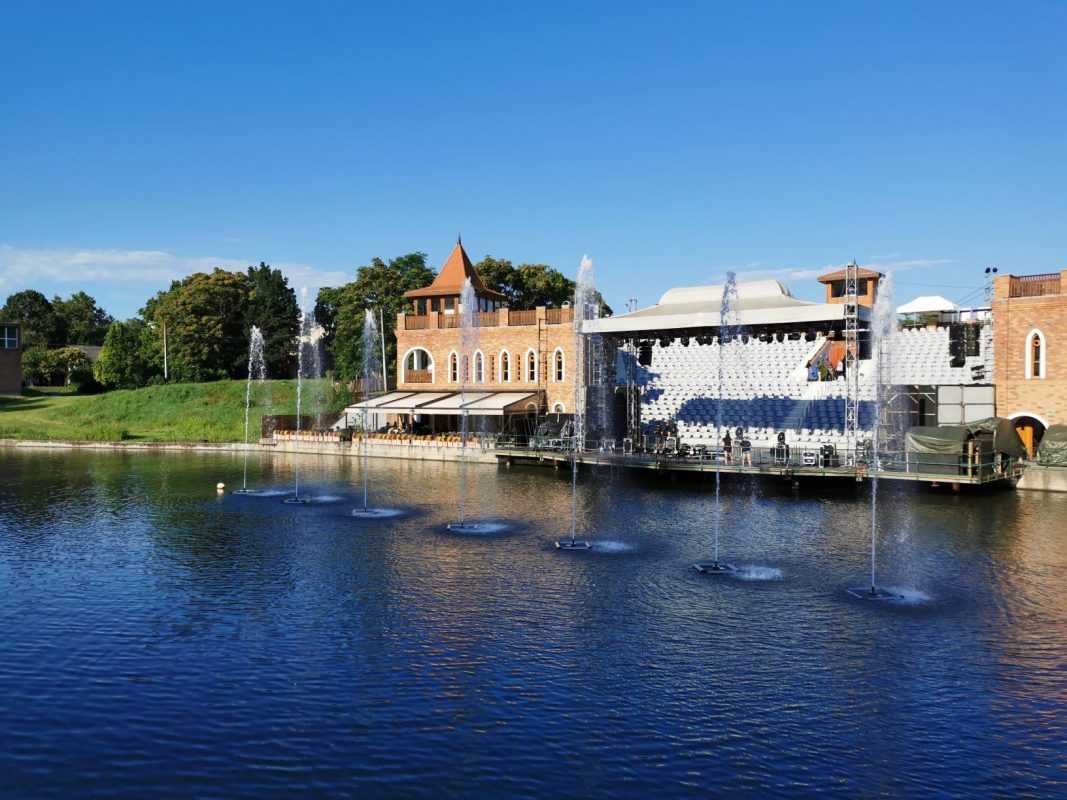
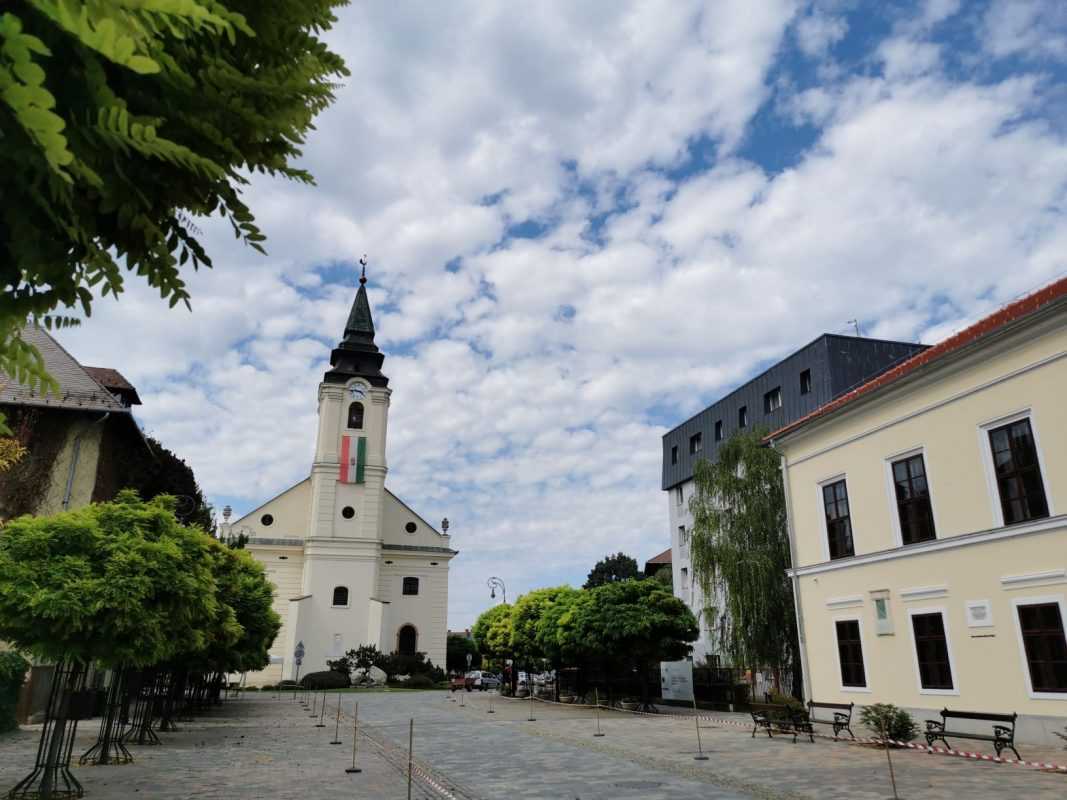 The Evangelical New Church and the Tessedik Samuel Museum play a decisive role in the life of the city. In the museum you can get to know the historical and cultural heritage of Szarvas and the surrounding area.
The Evangelical New Church and the Tessedik Samuel Museum play a decisive role in the life of the city. In the museum you can get to know the historical and cultural heritage of Szarvas and the surrounding area.
Széchenyi-Wenckheim Castle of Póstelek
No one would say about the castle, which is stormed today, that less than 100 years ago, it was glorious. The construction of the castle began in the early 1900s on the occasion of the marriage of Krisztina Wenckheim and Antal Széchényi. The young couple moved into the neo-Baroque building in 1906, but they were not able to enjoy the comfort of the beautiful castle, which has originally 72 rooms. In 1924, Count Antal Széchenyi died, and in 1944 the family emigrated to the United States of America.
The abandoned building was converted by the Allies during the war. They stole everything that could or couldn’t be moved, and they just set it on fire. The condition of the uninhabited building continued to deteriorate after World War II. It was first used to store greasy barrels, and then in the ’80s, it became the site of civil defense exercises. Today, nothing reminds of the former splendor of the castle. But the walls of the main entrance still bear witness to how beautiful the building used to be.

Before leaving Póstelk and its tragic castle, I take another refreshing walk in the park, the beauty of which is a remedy to my sadness caused by the ruin and its history. What it must have been like to be on the shores of a lake covered in water lilies, I don’t know. What I do know is that discovering our country’s special sights is always a good idea.
Going through the cities of Békés County and Storm Corner, my Hungarian bucket list has been enriched with whole new spots. I trust the locations presented in my blog post can be an inspiration for you even if they are not yet so popular places in Hungary. I can only suggest going to lesser-known places as real discoveries await you off the beaten road.


